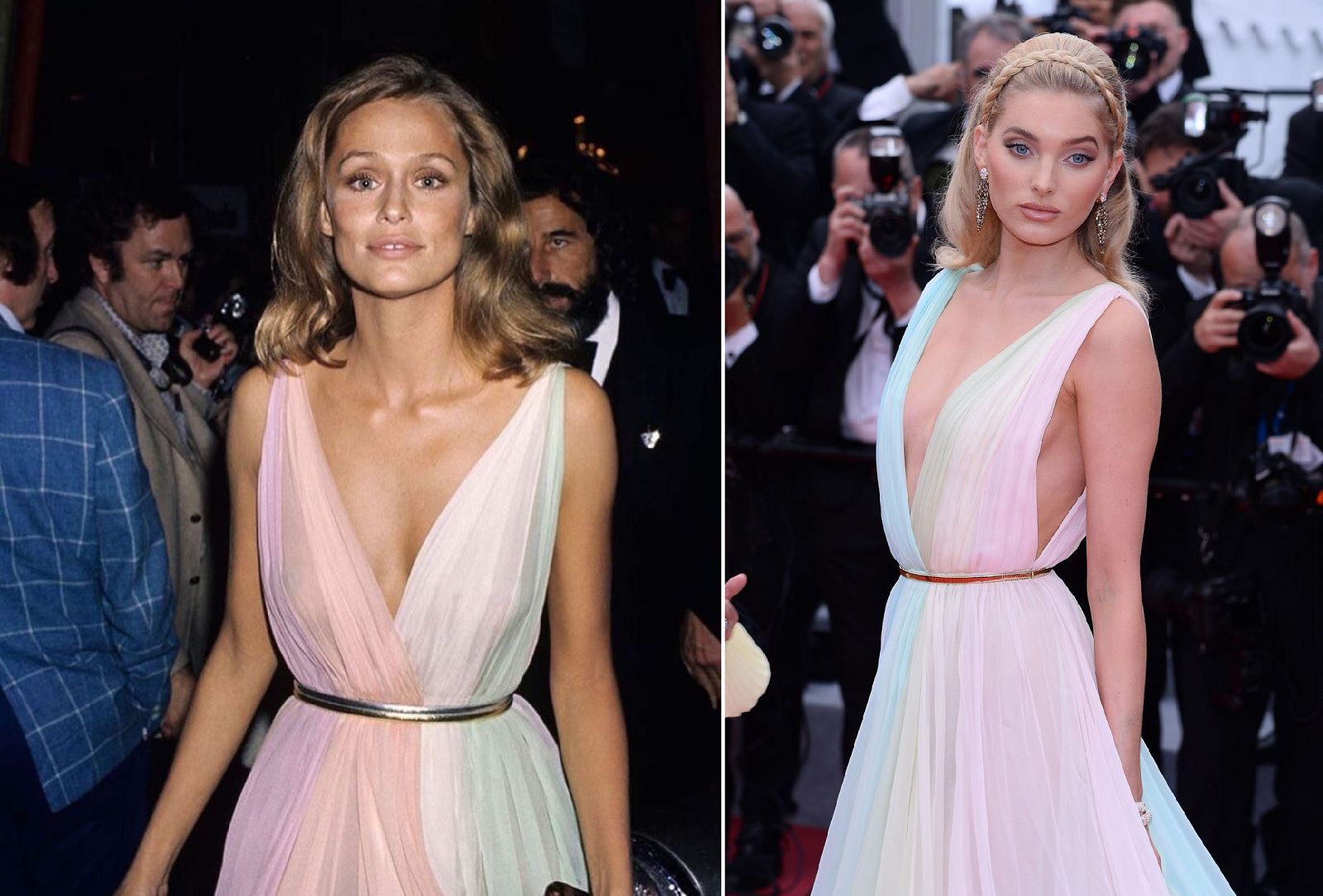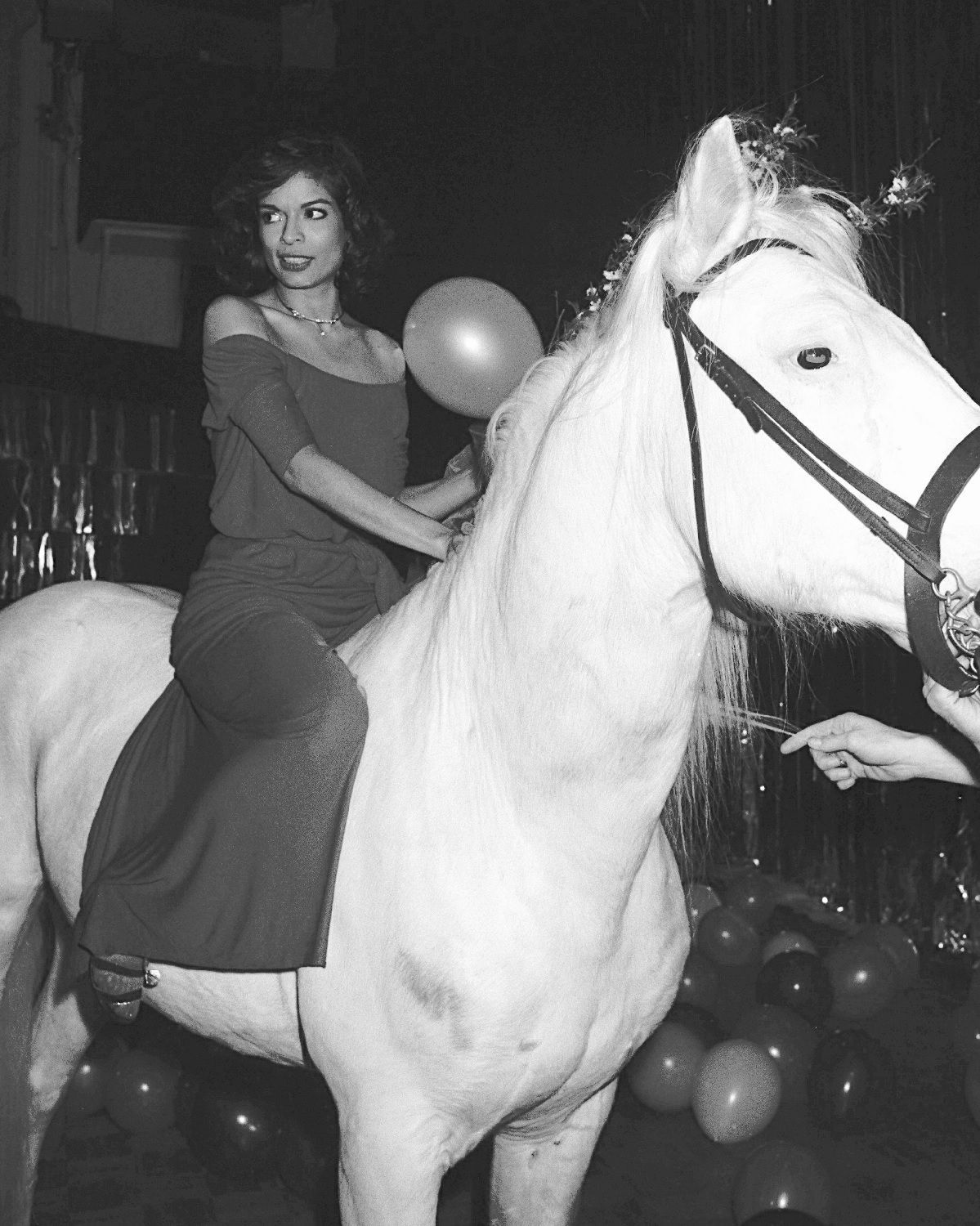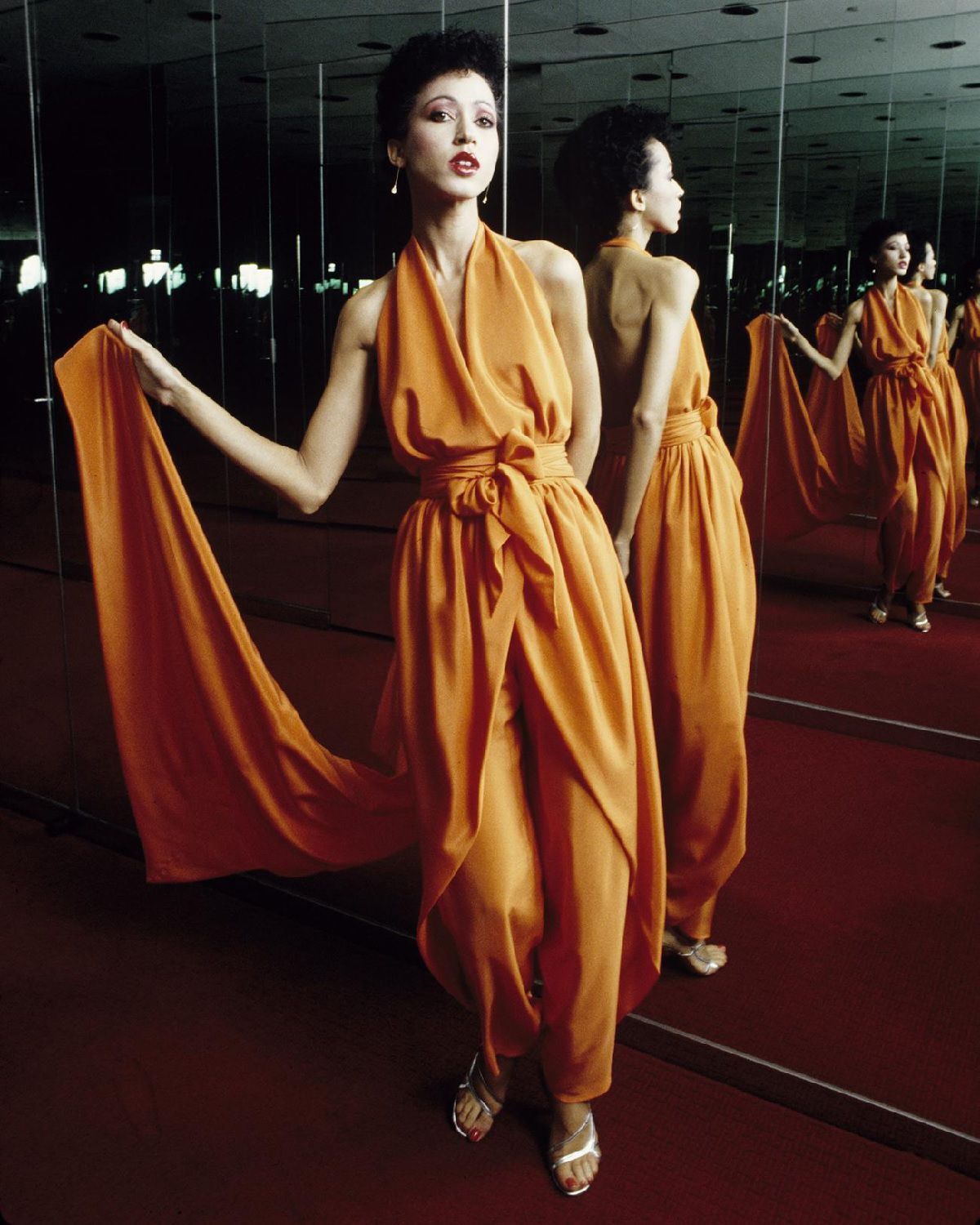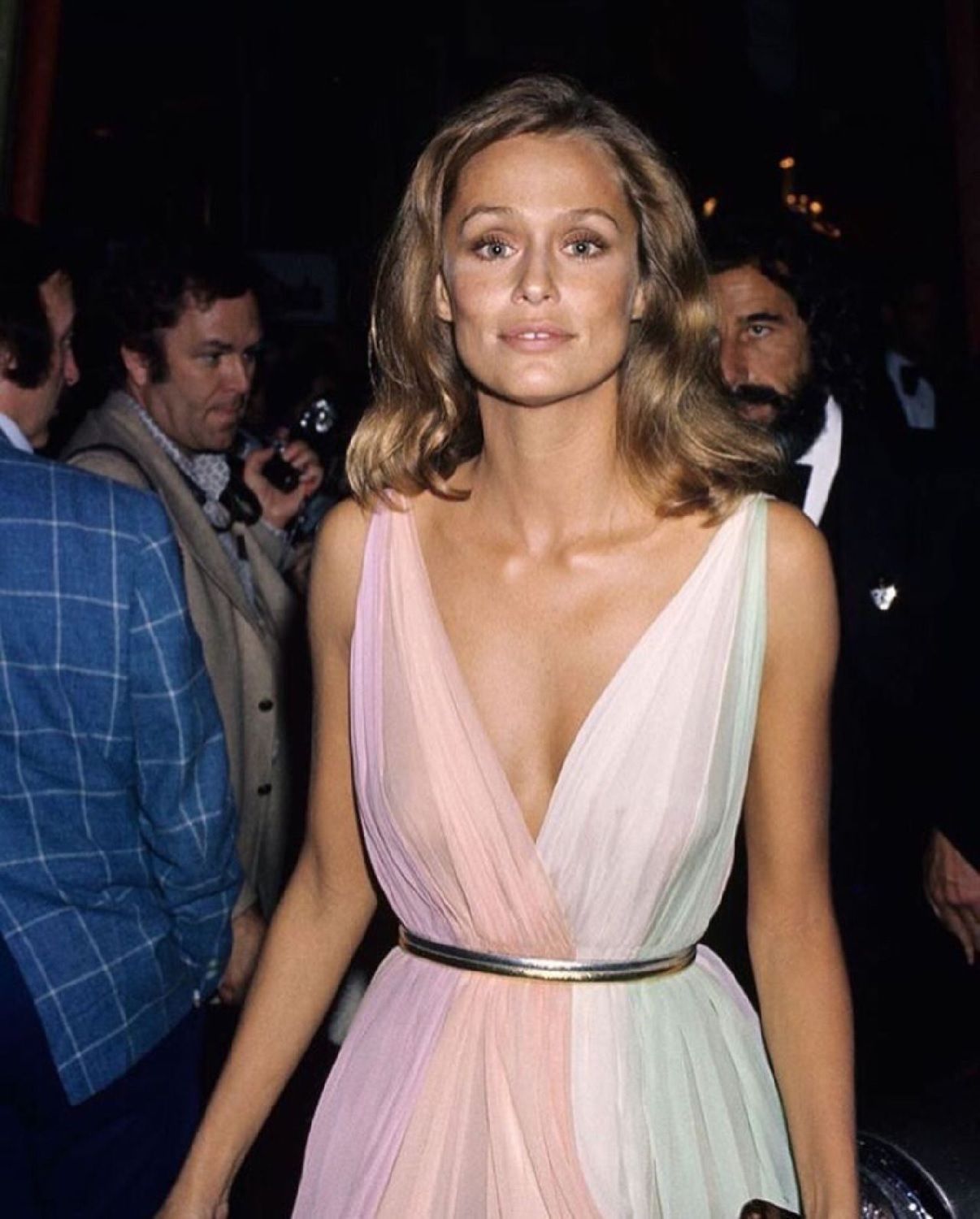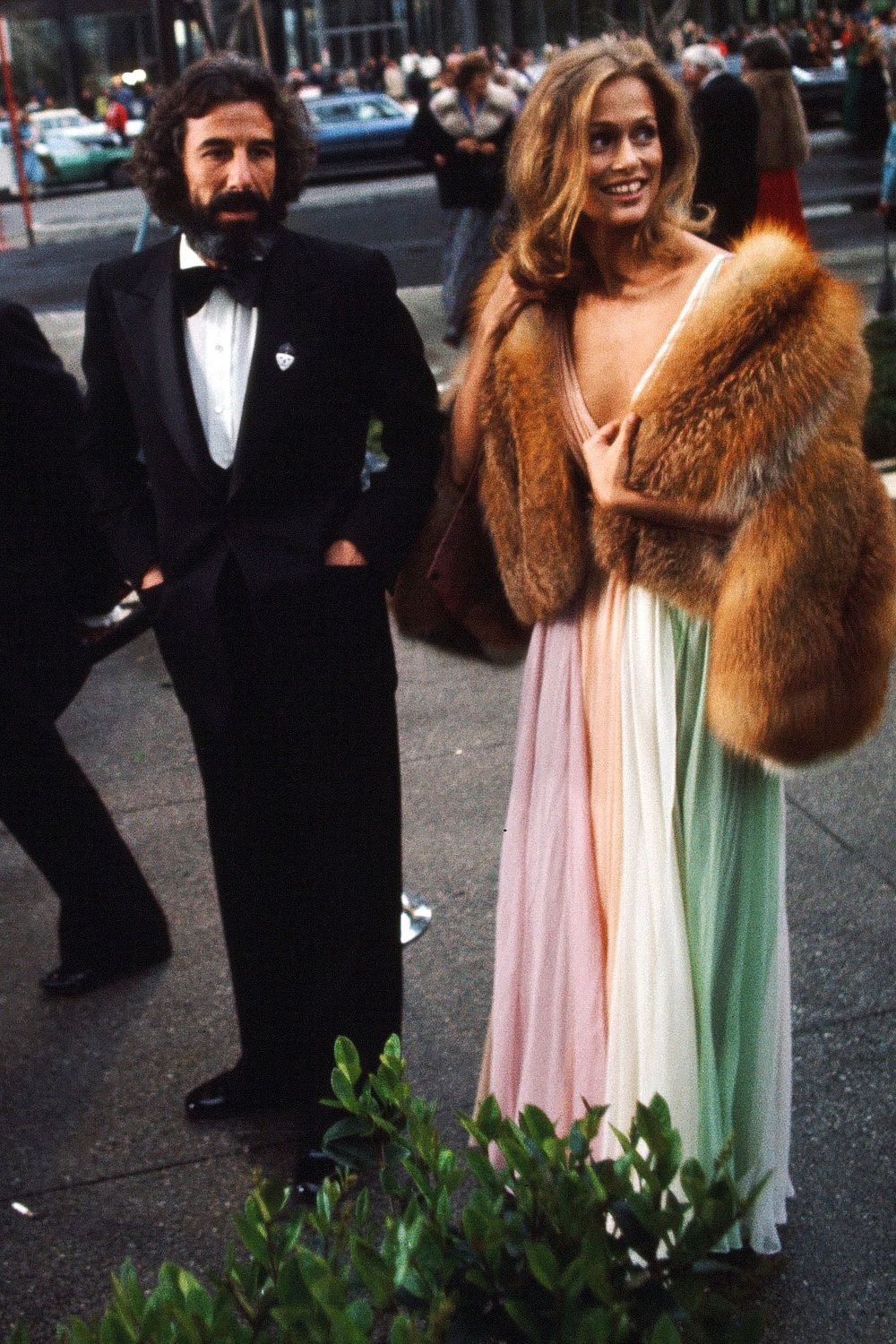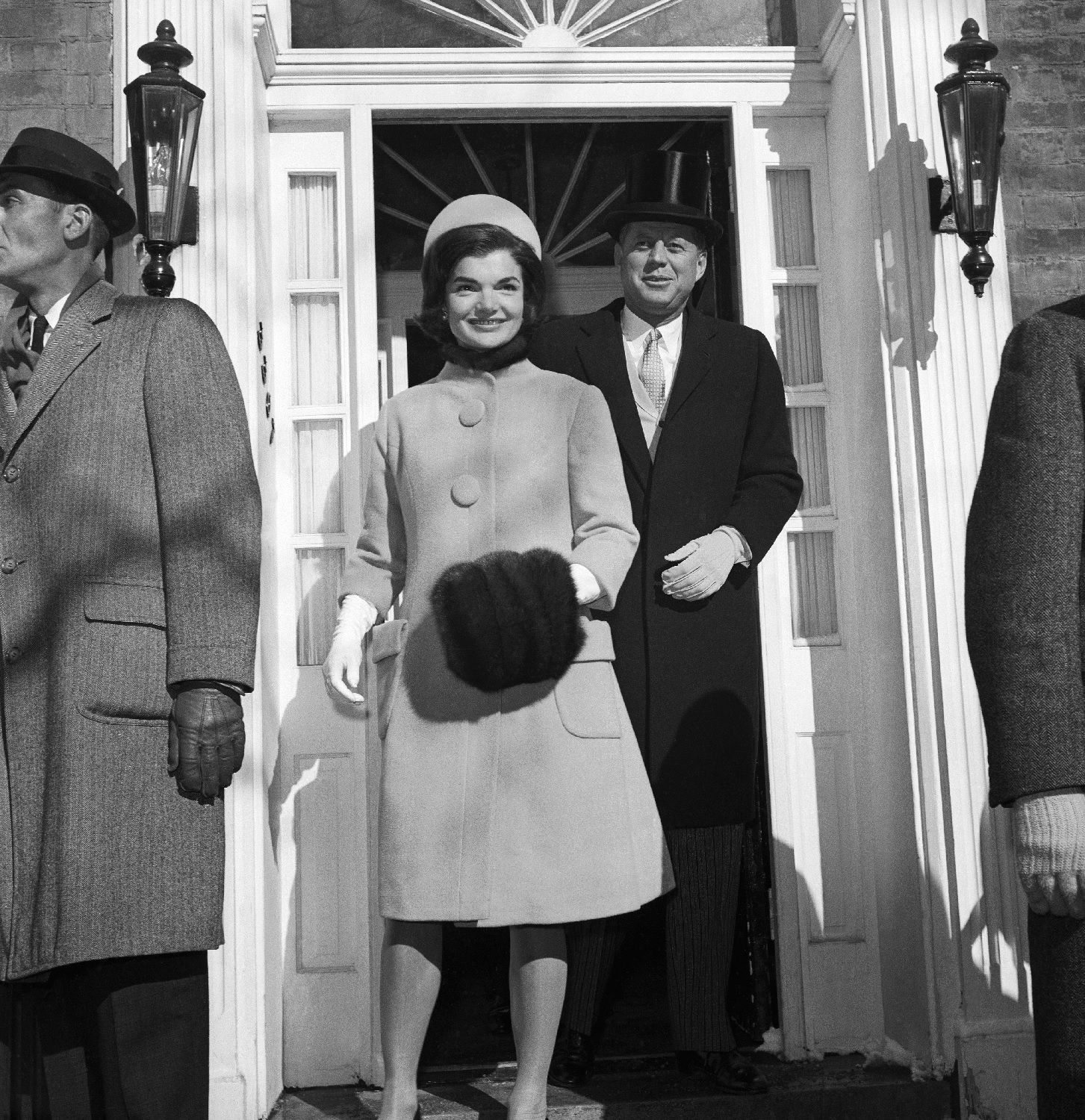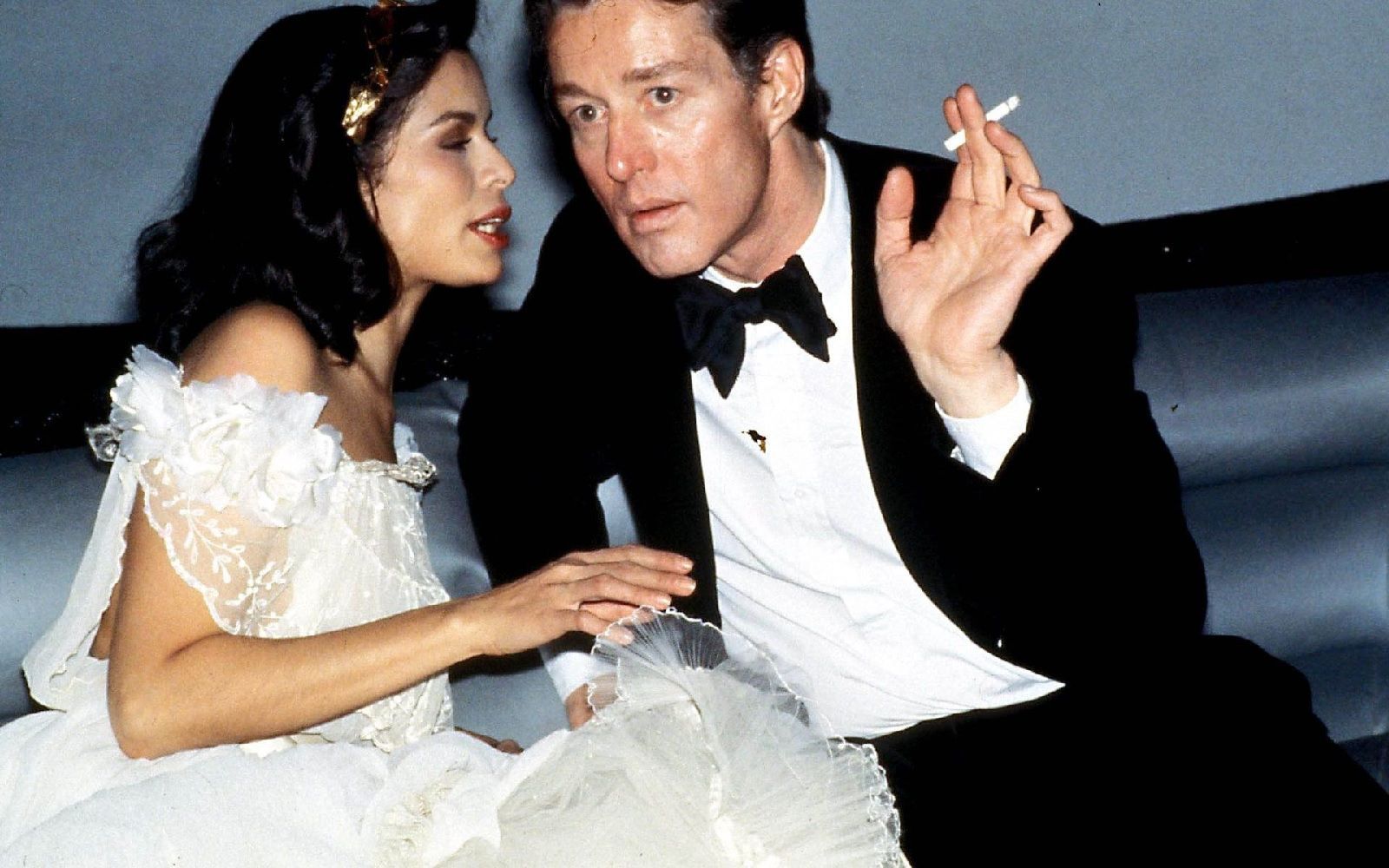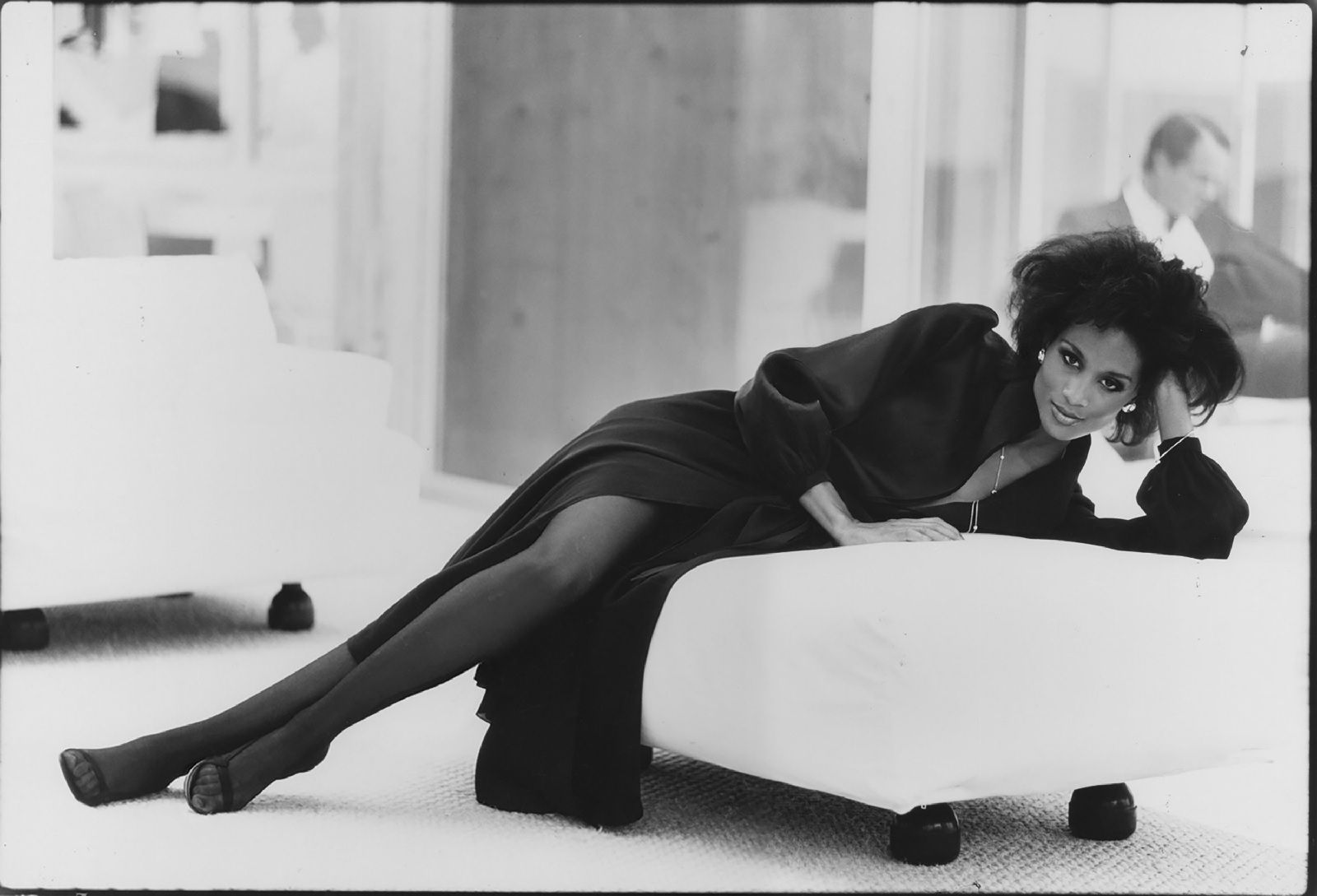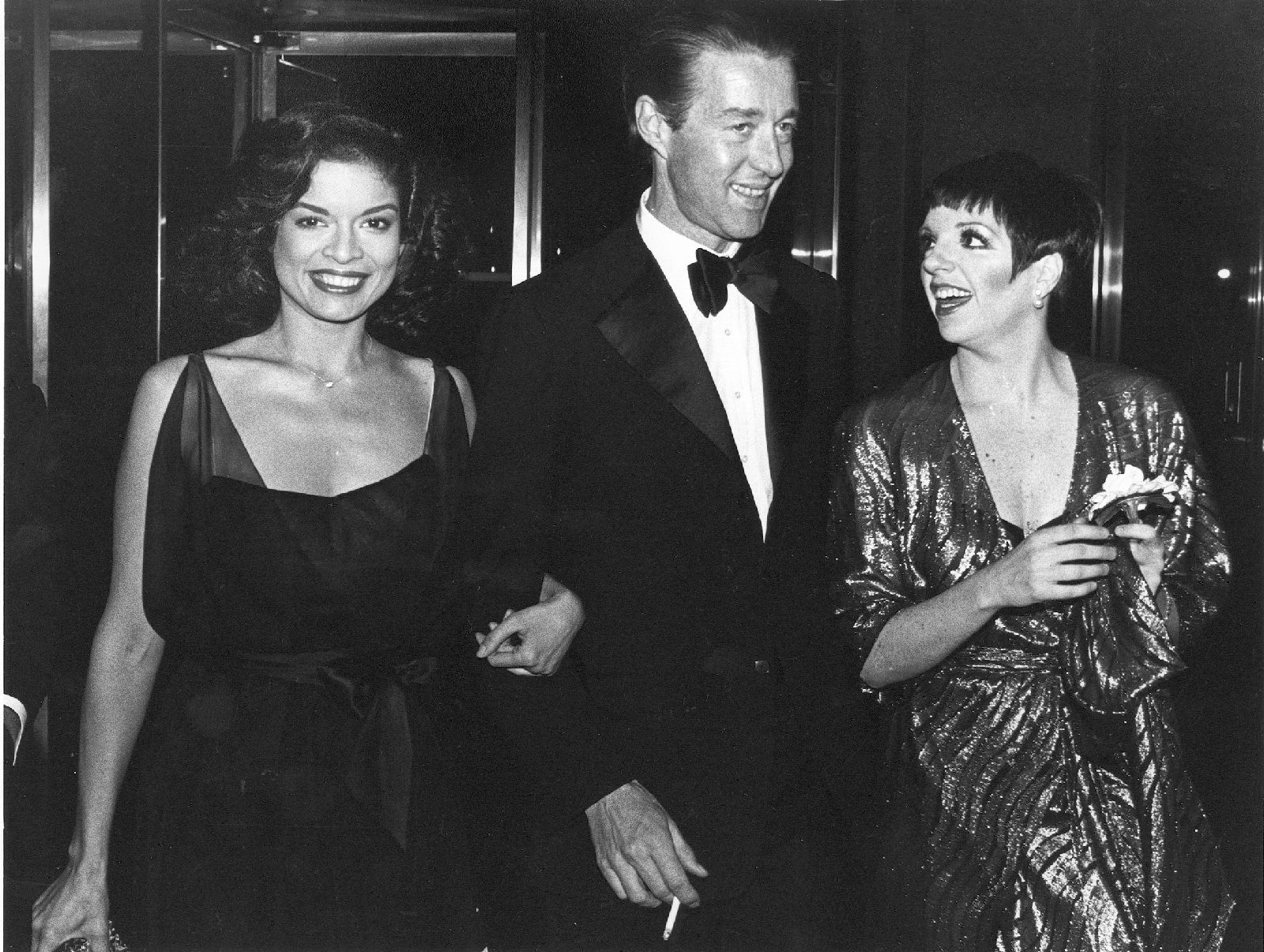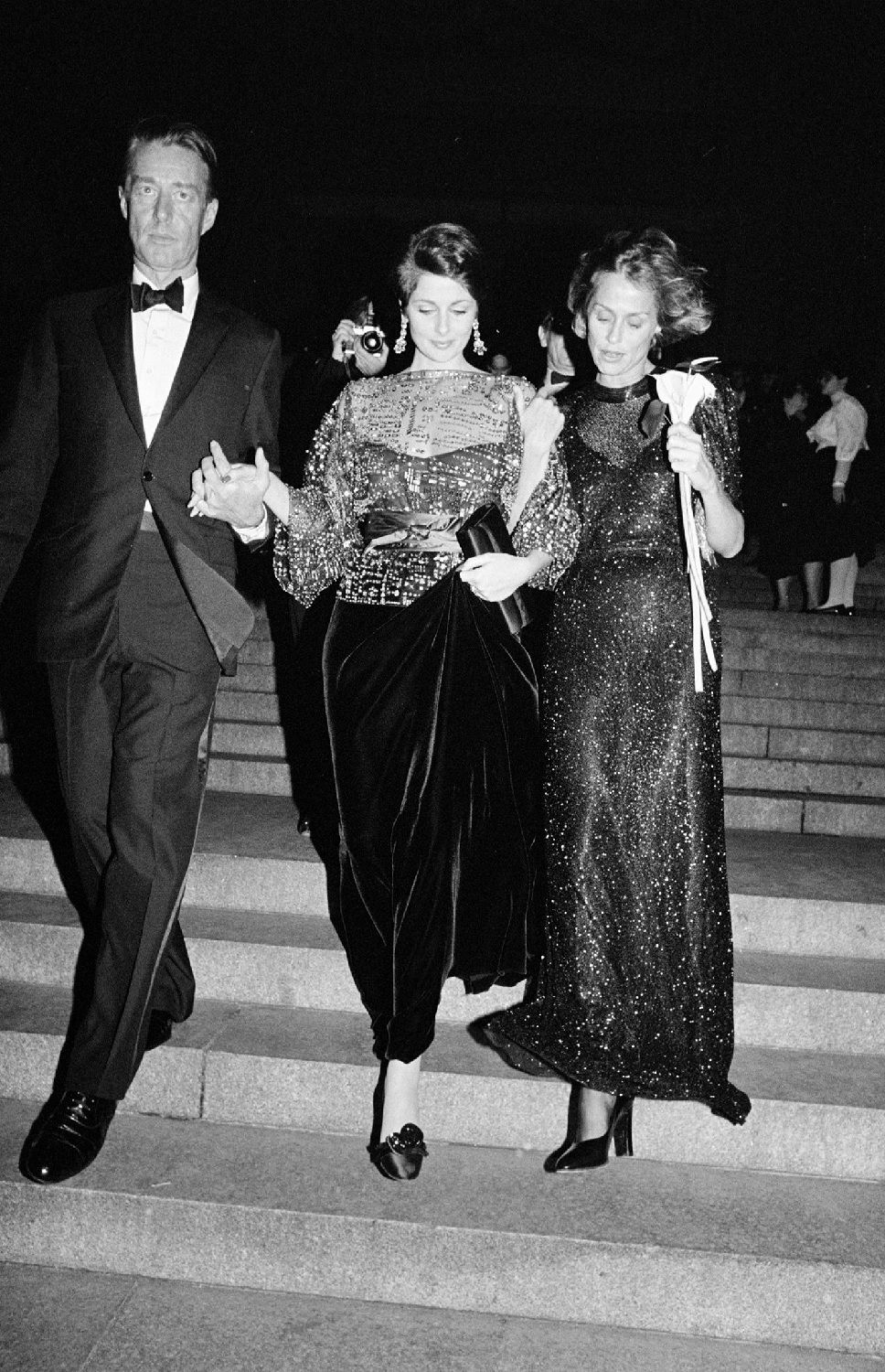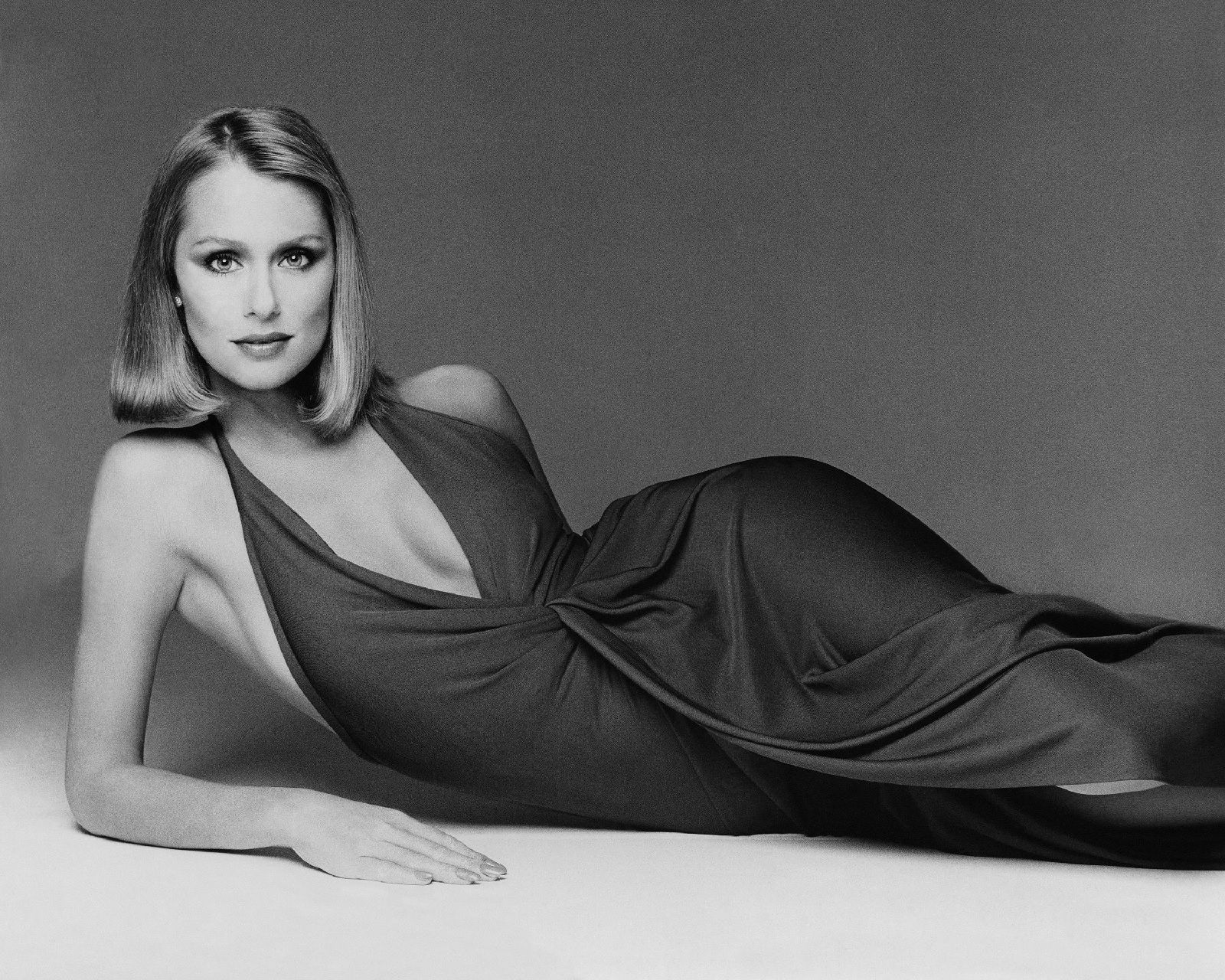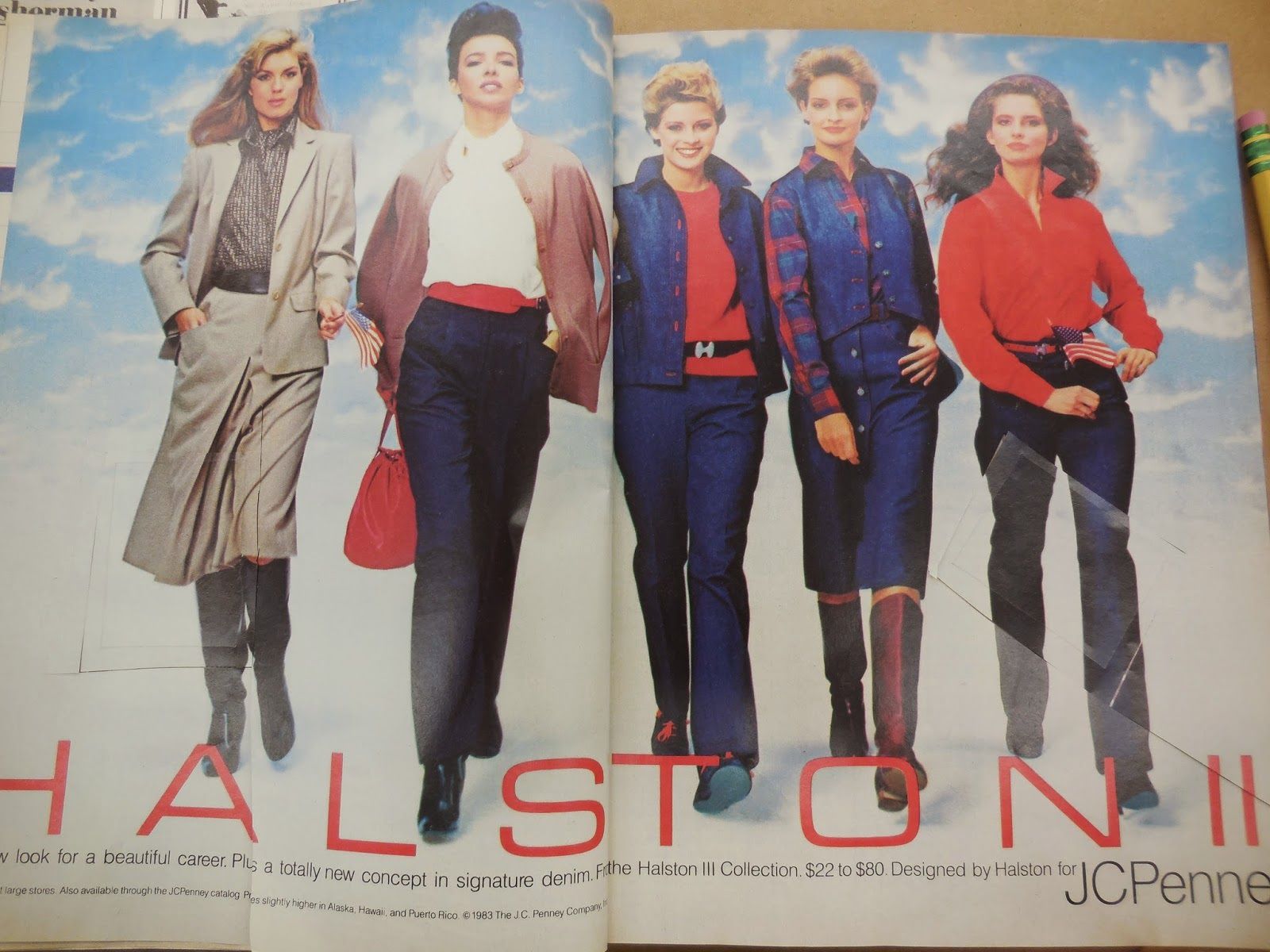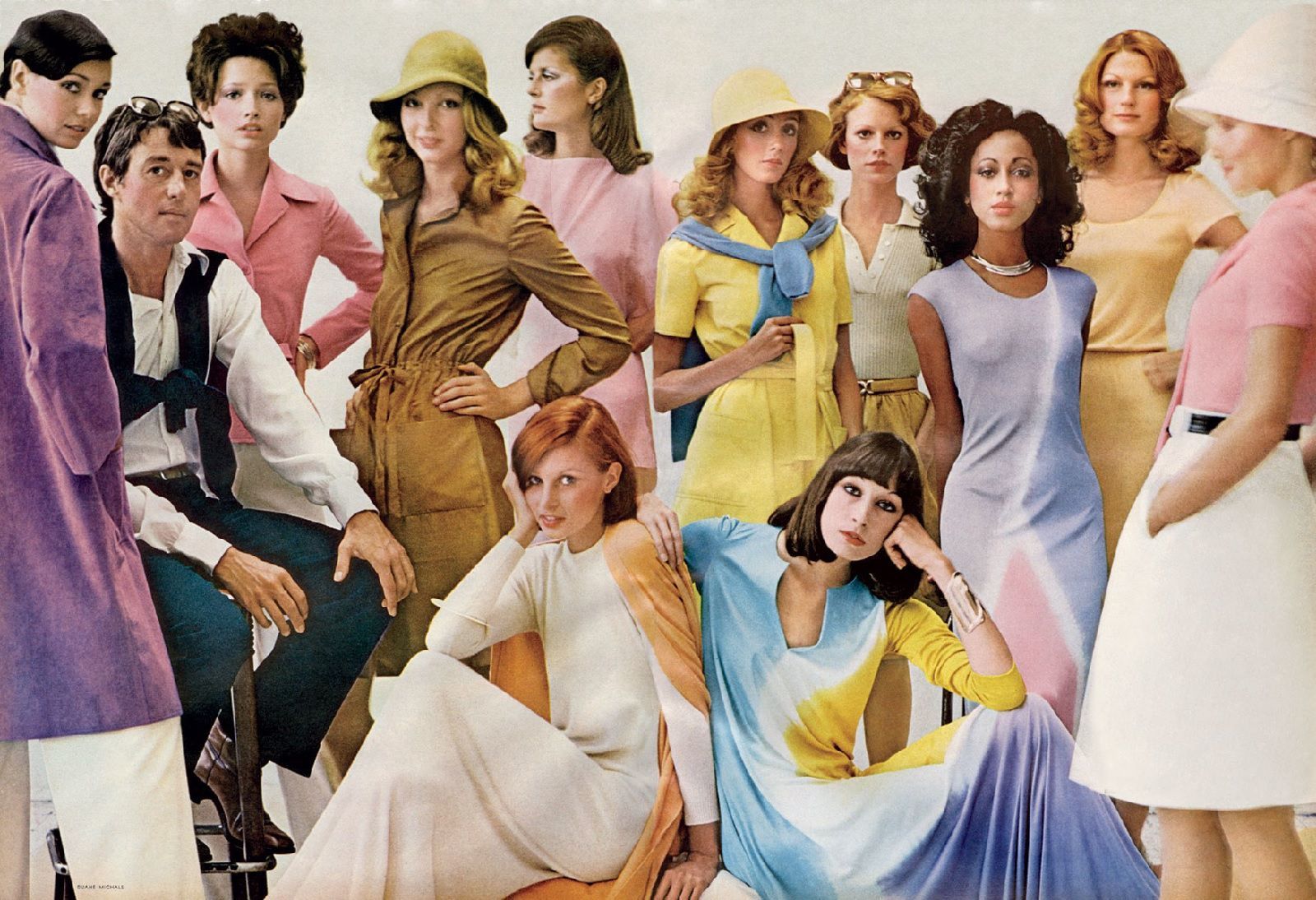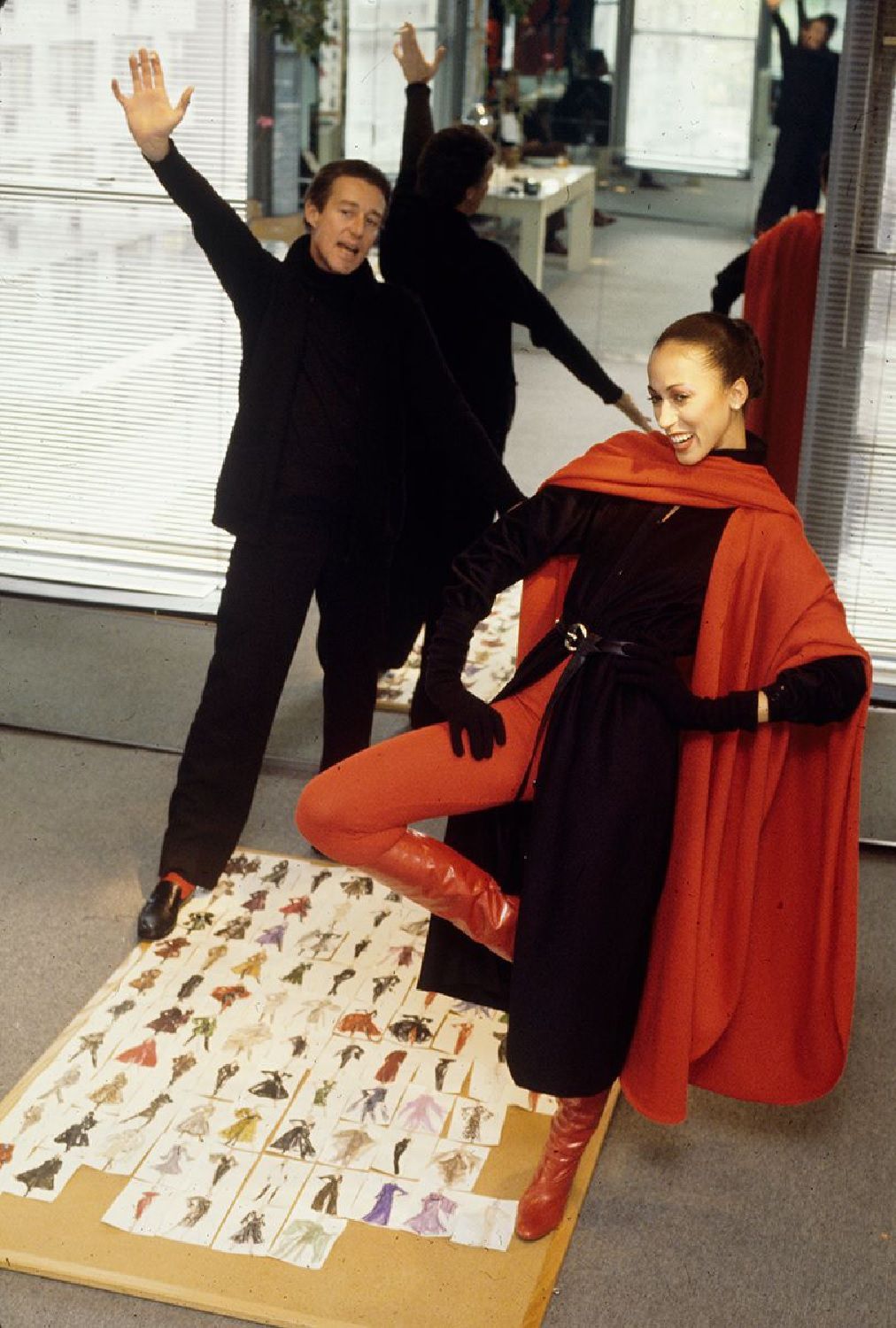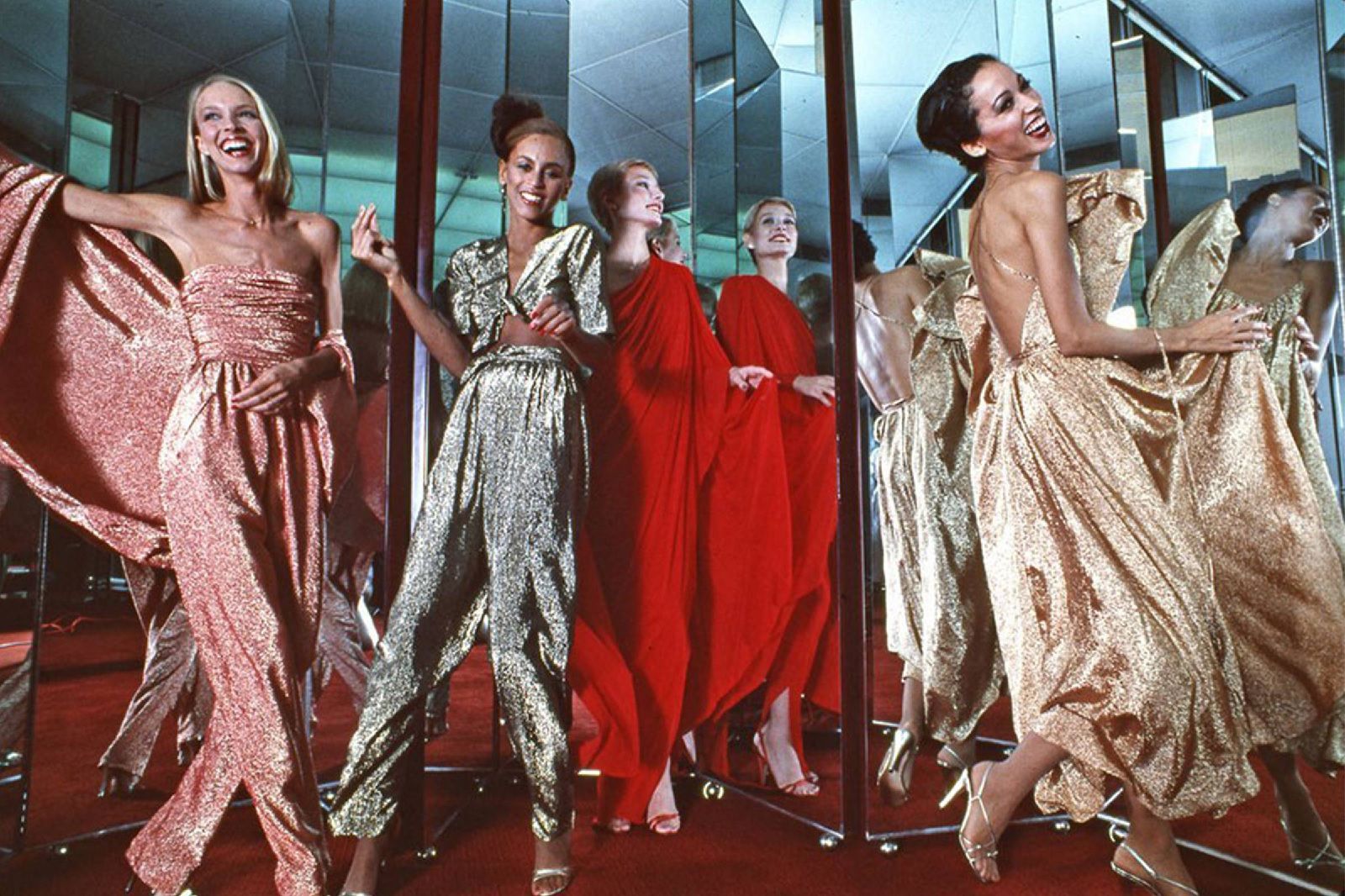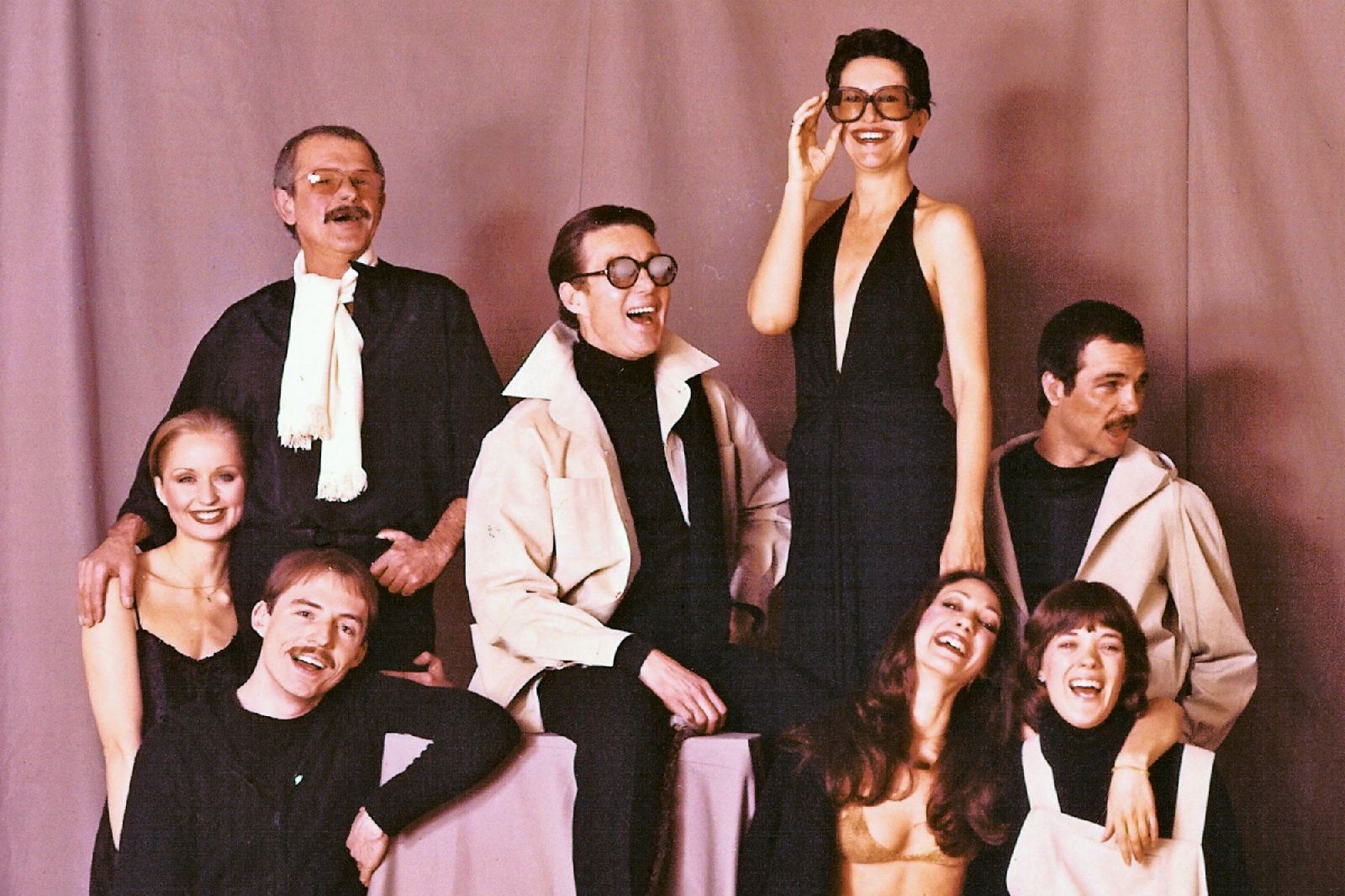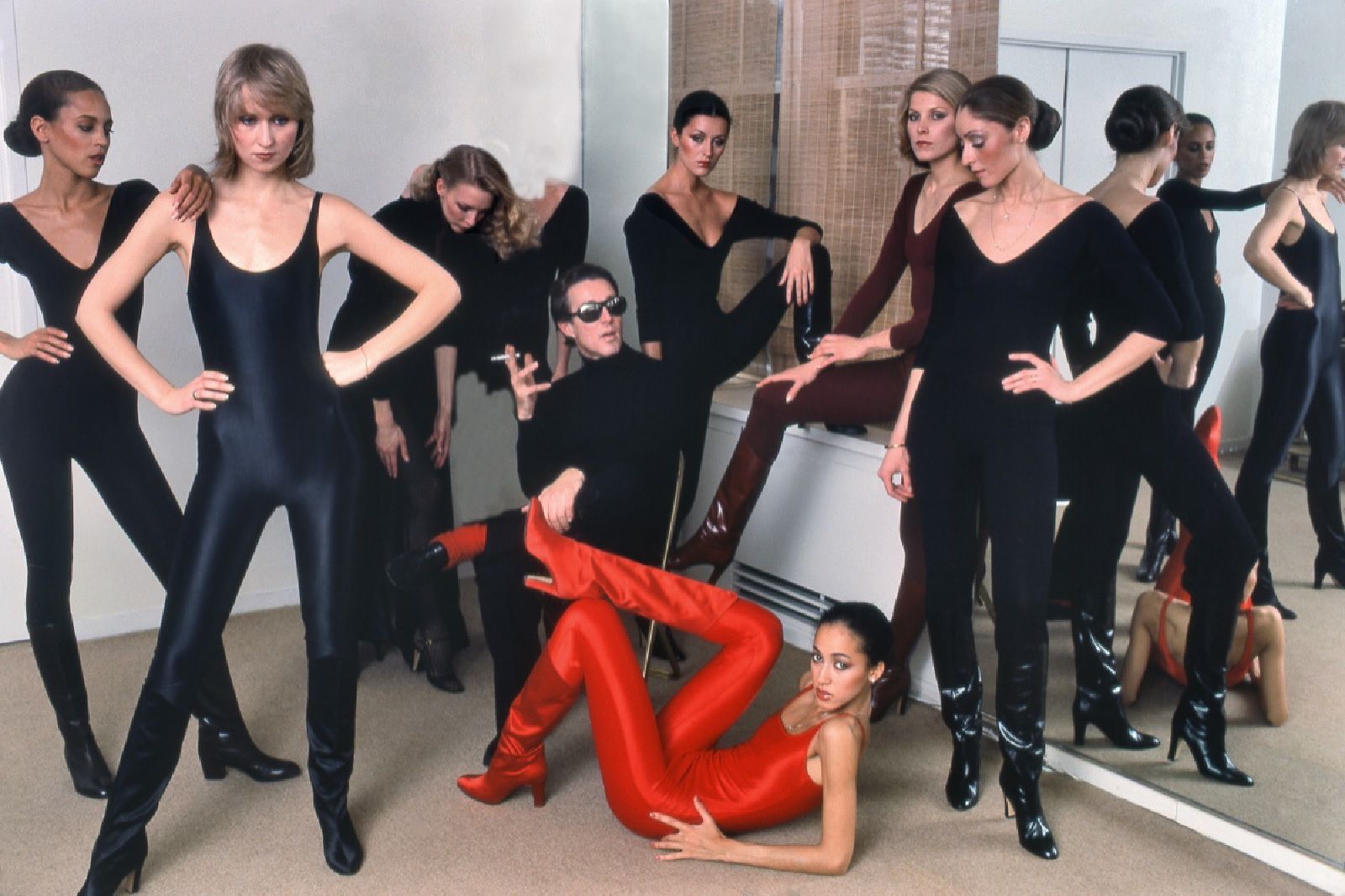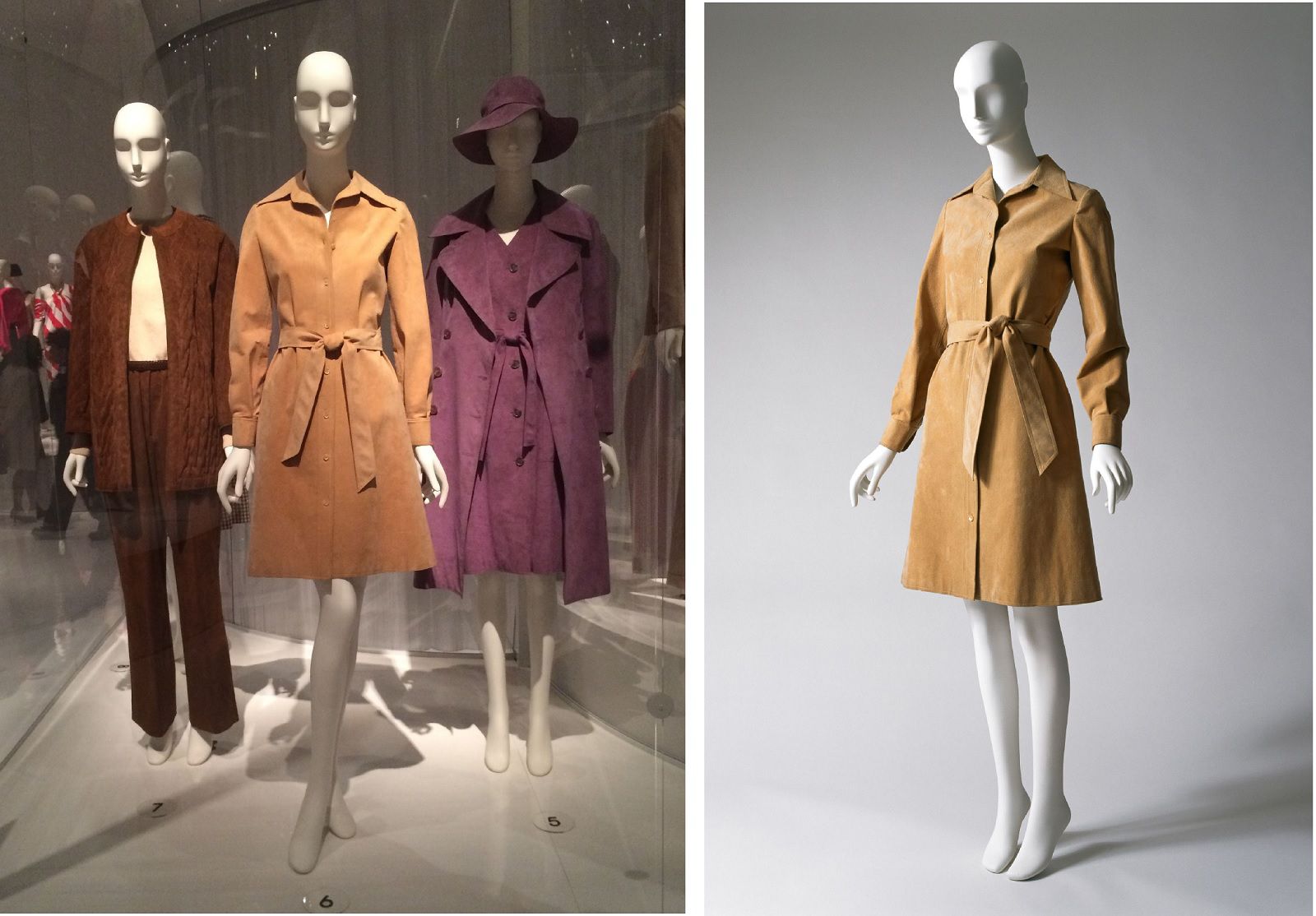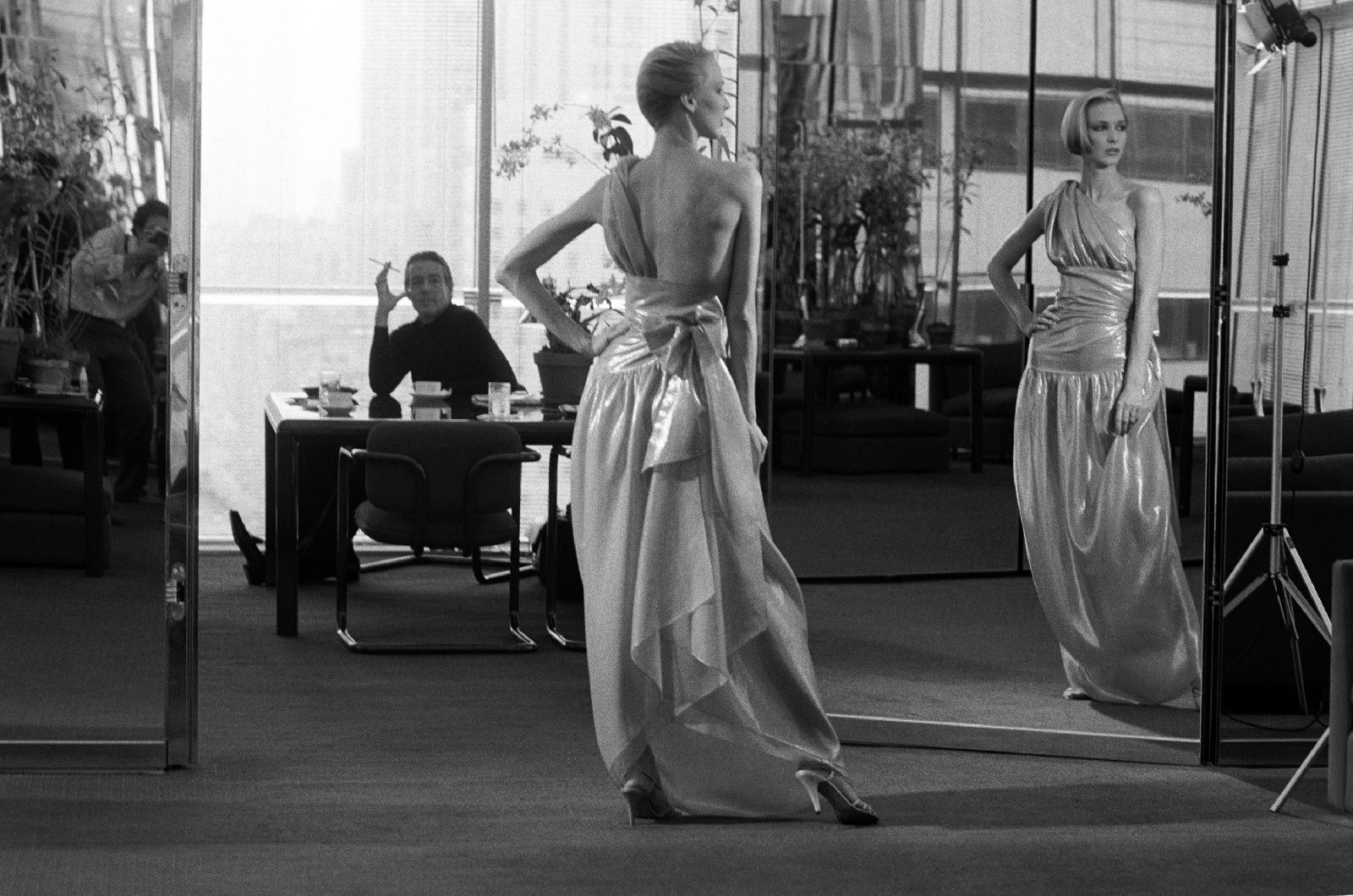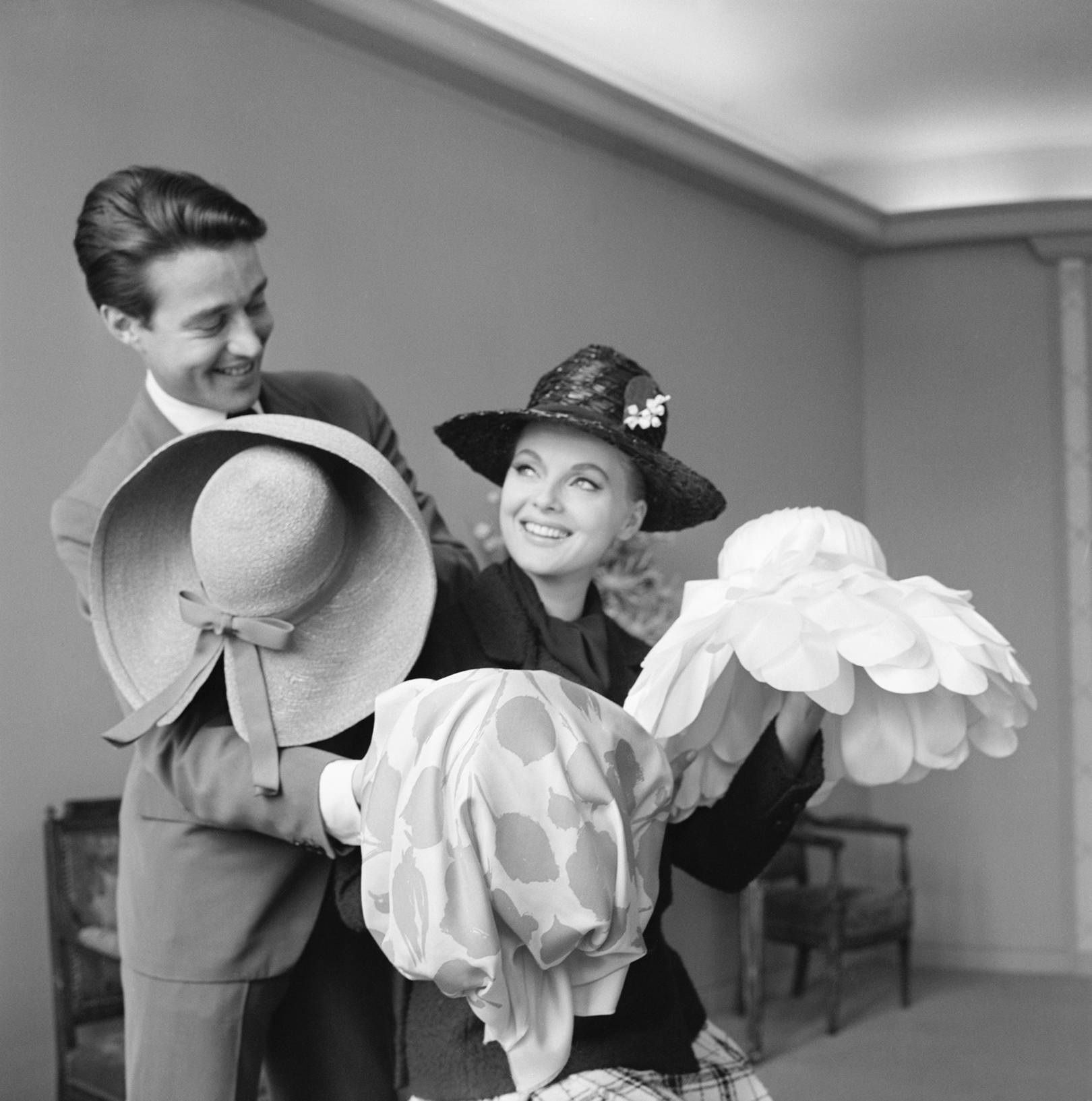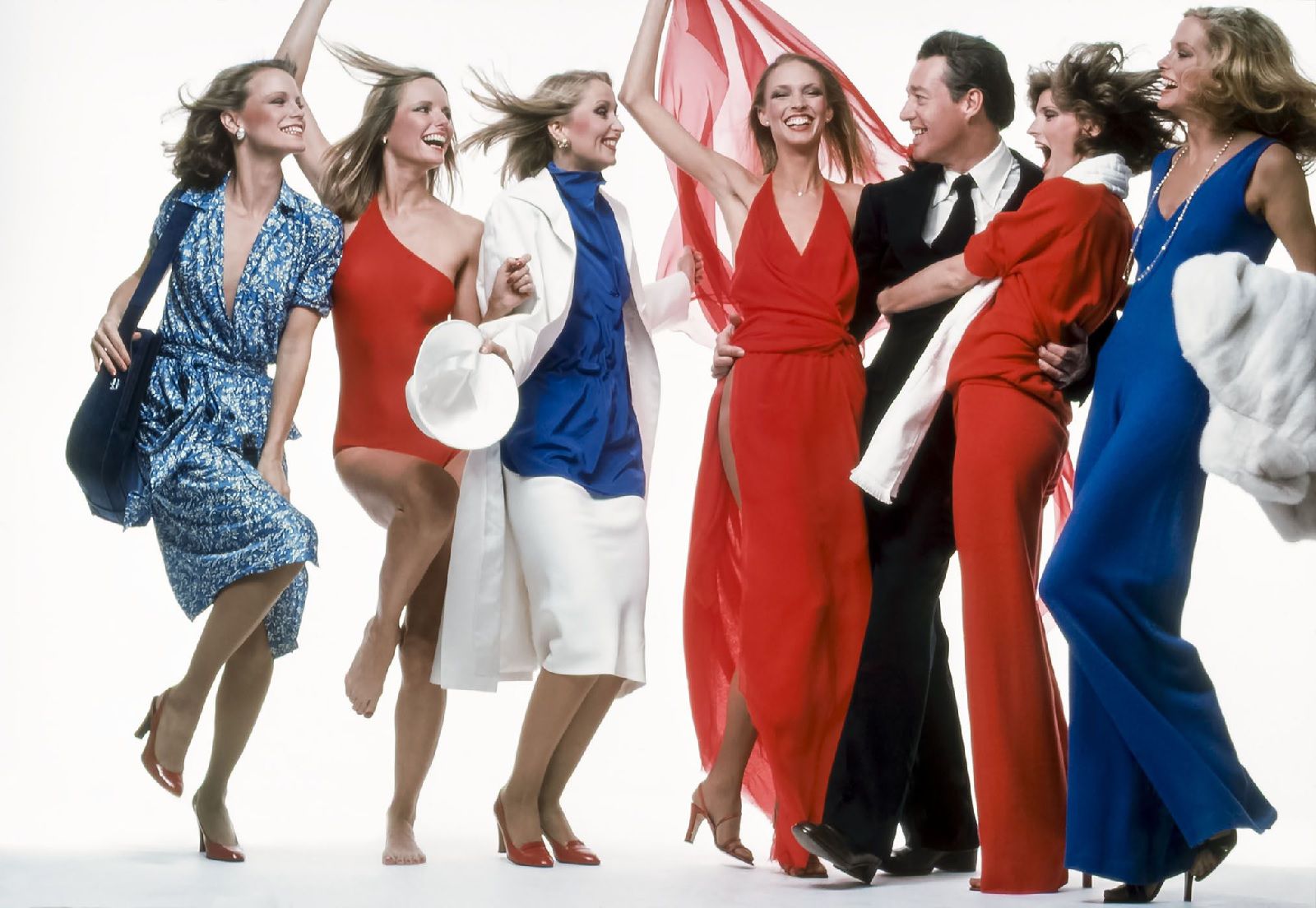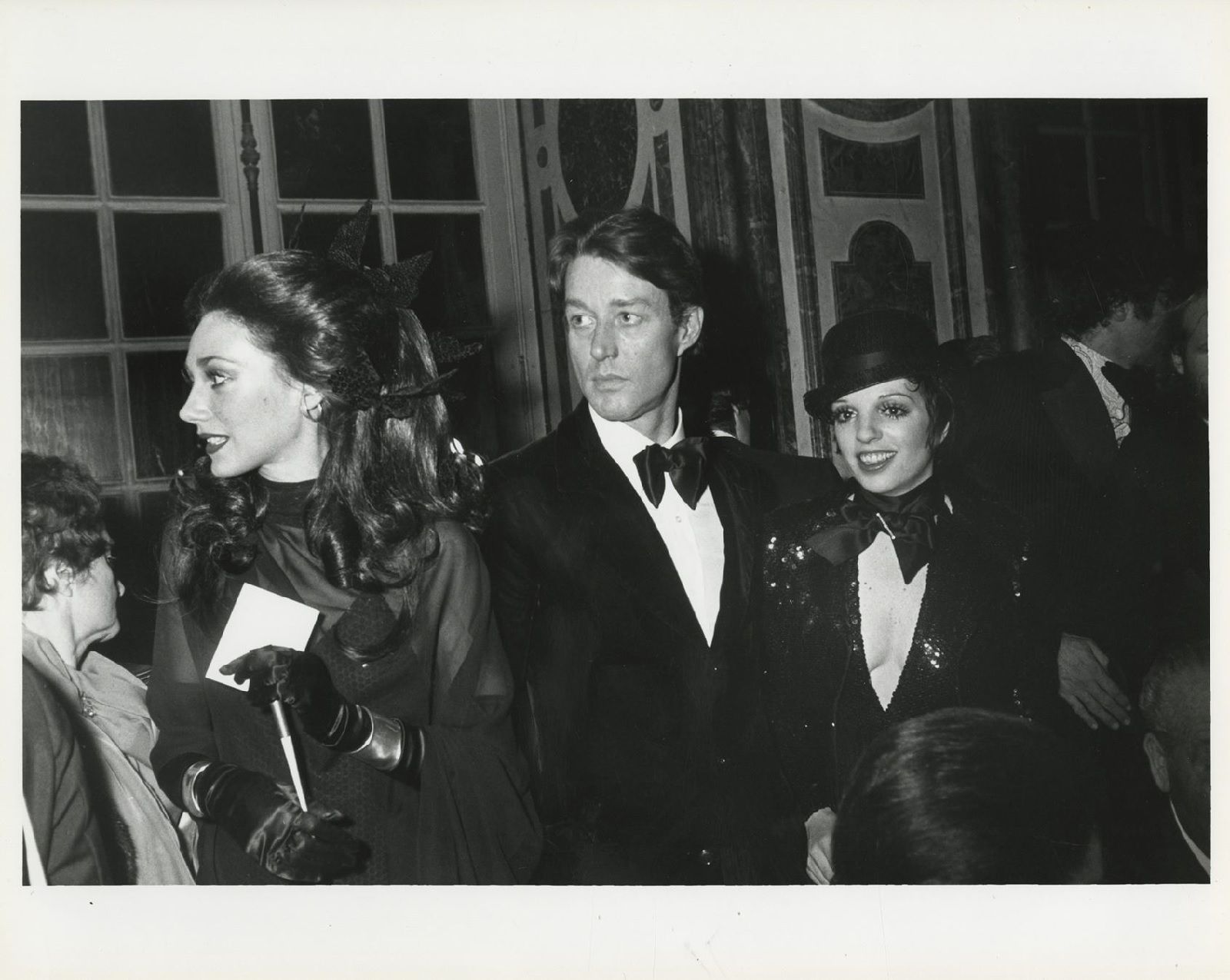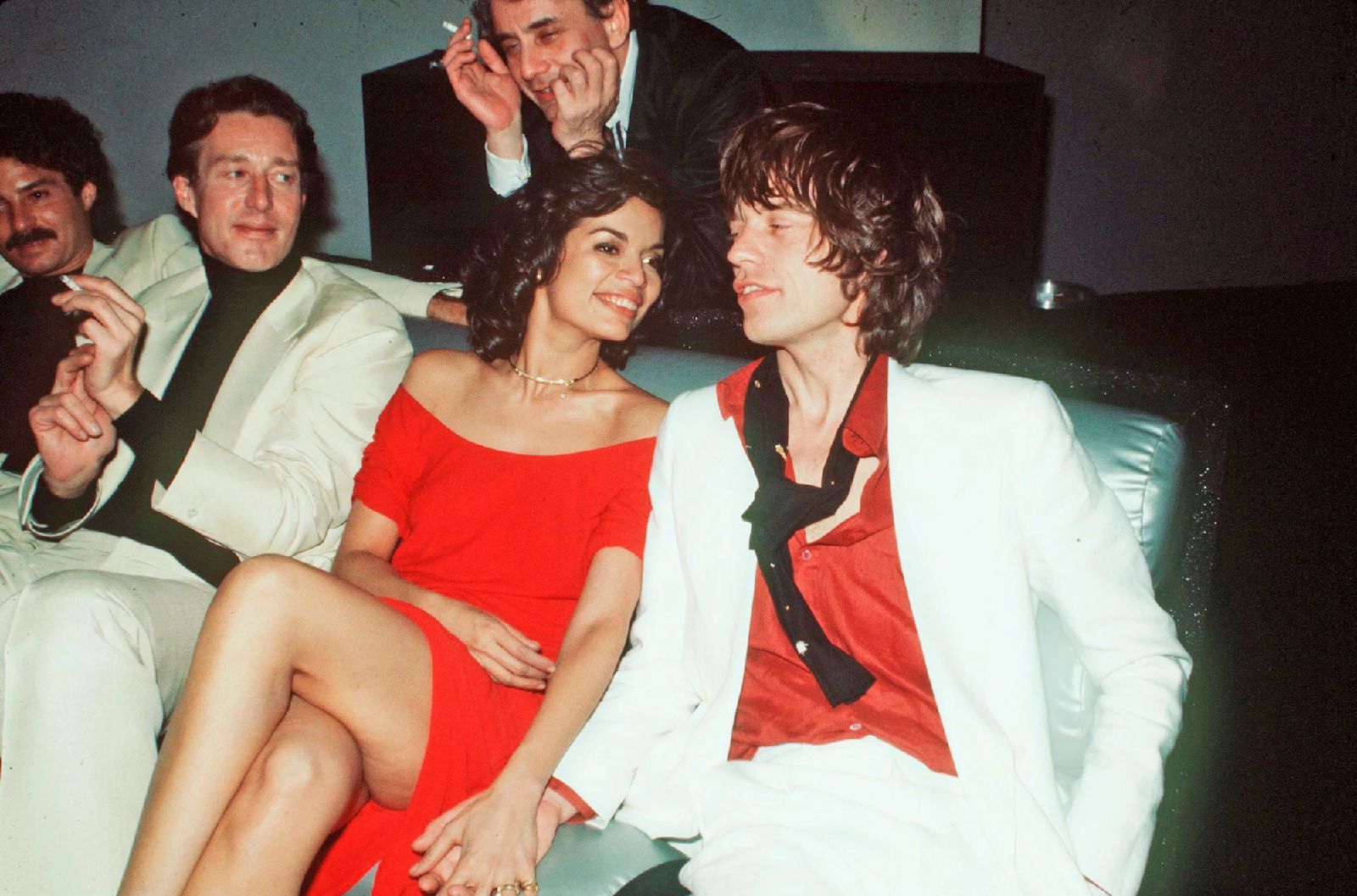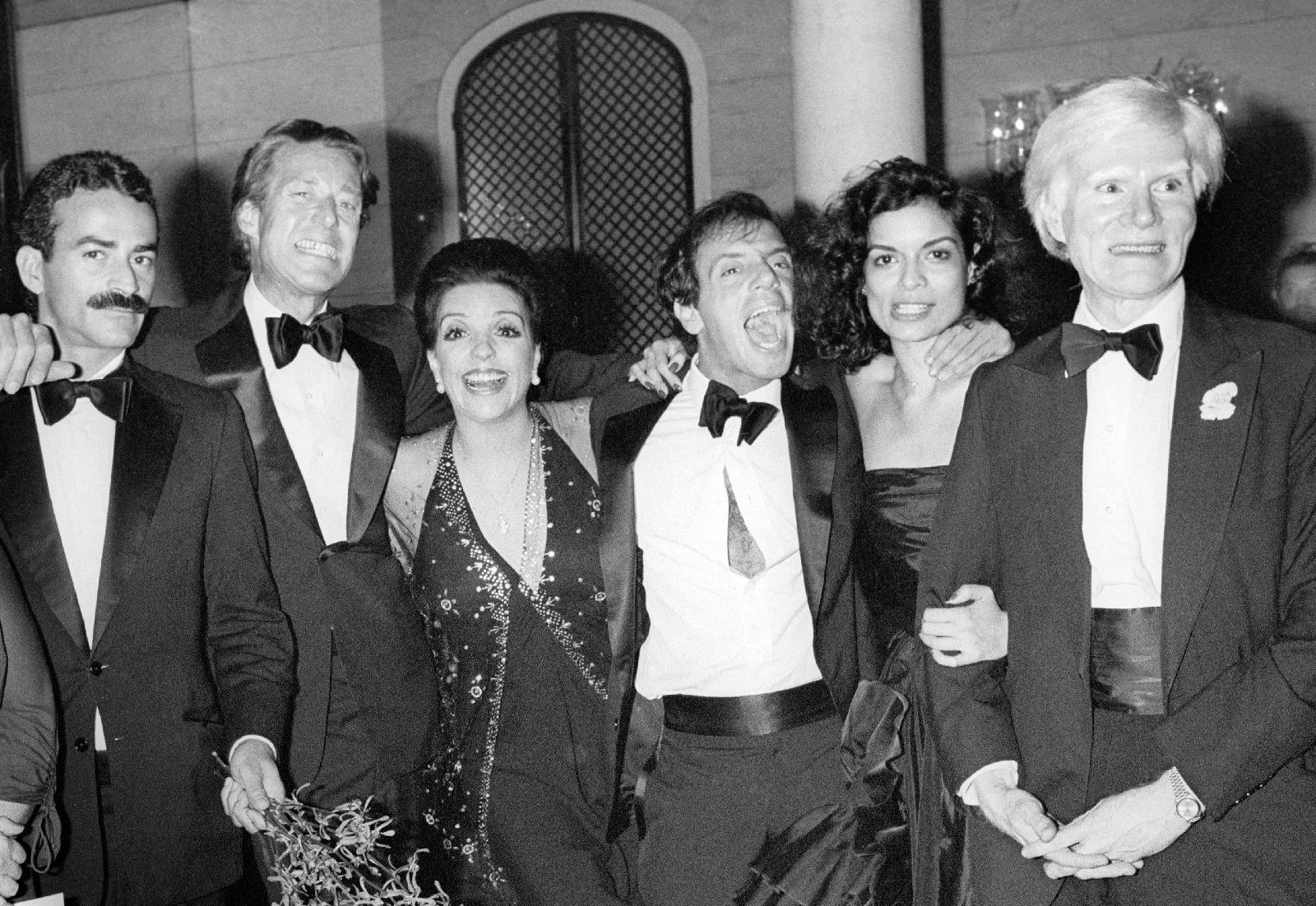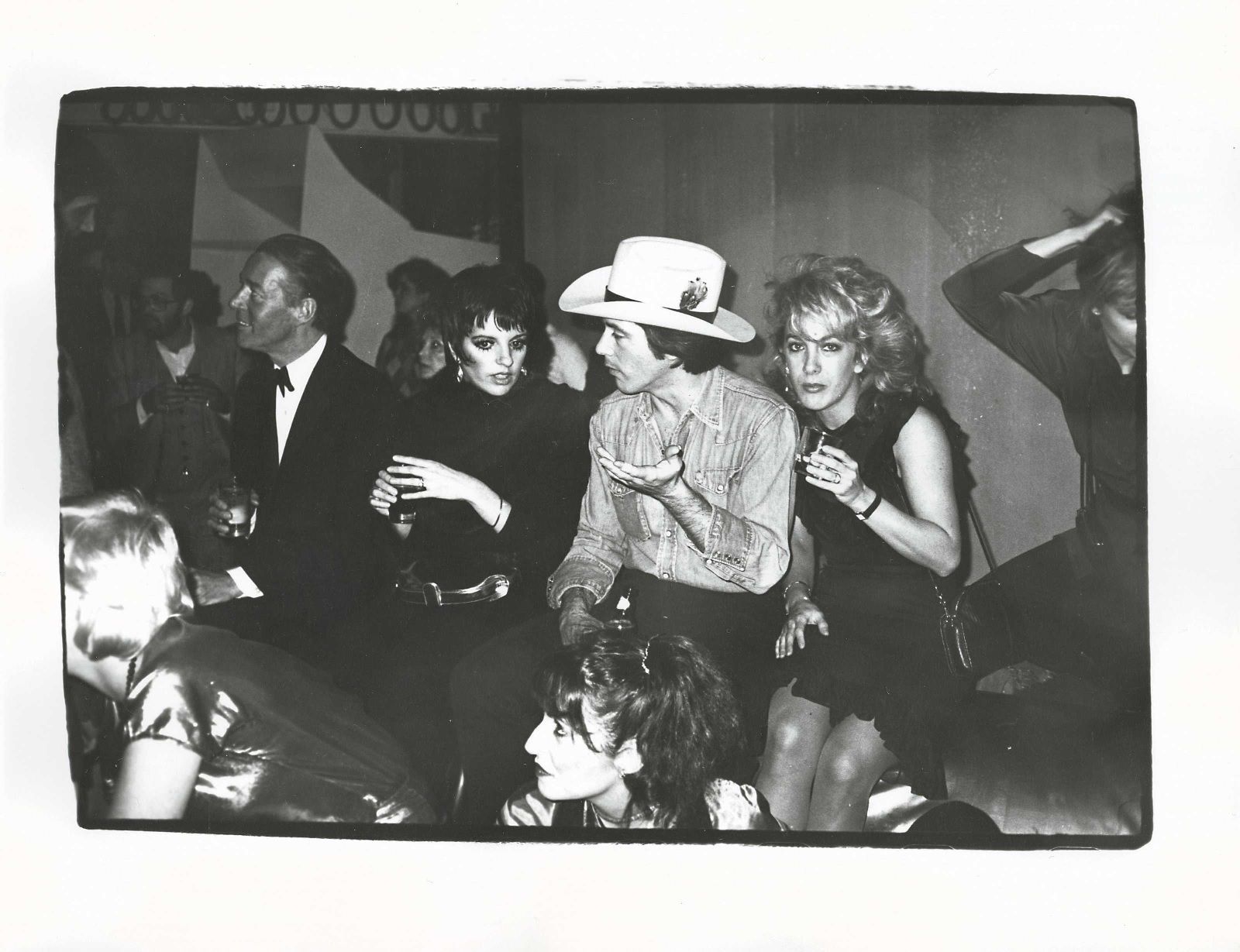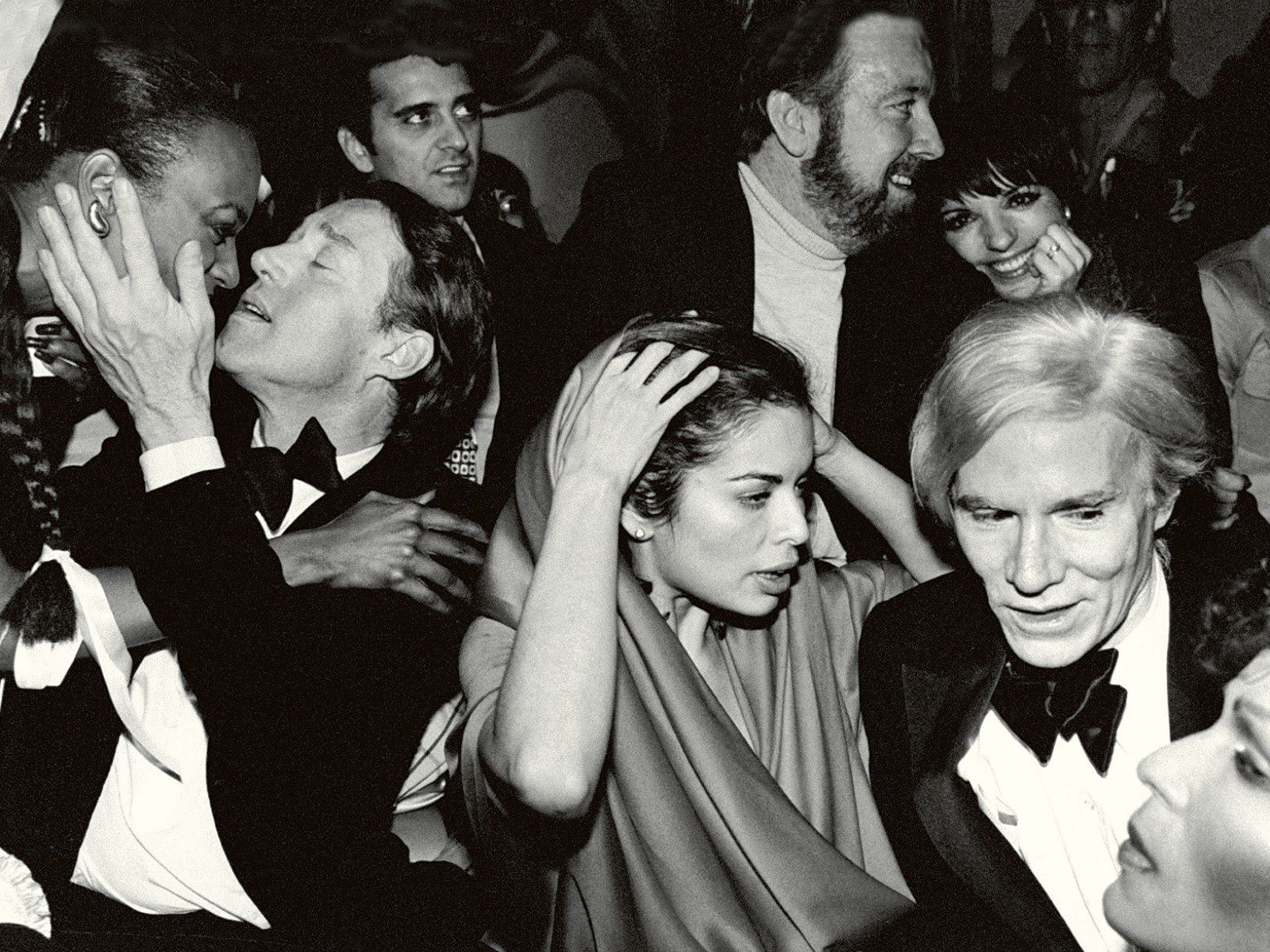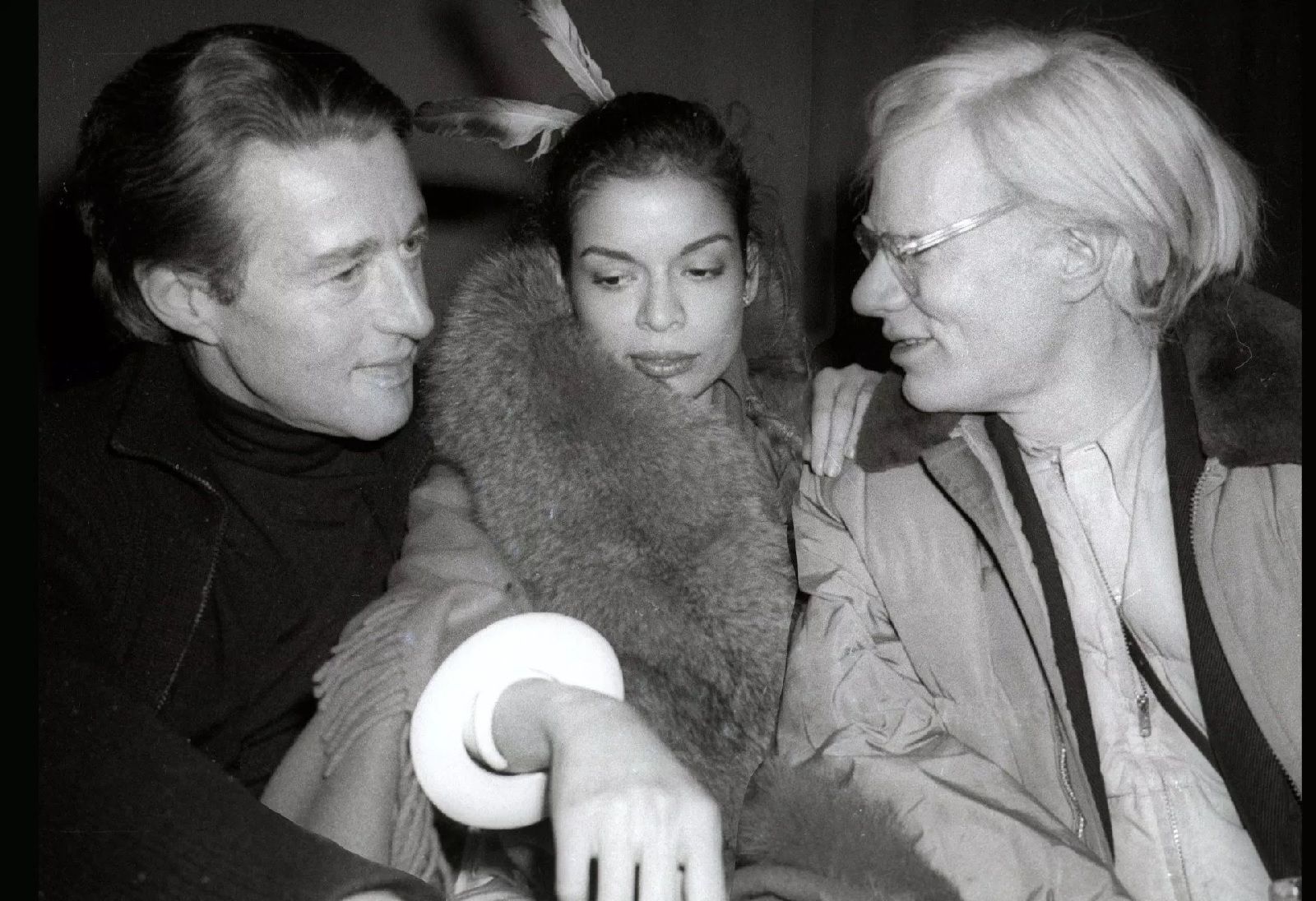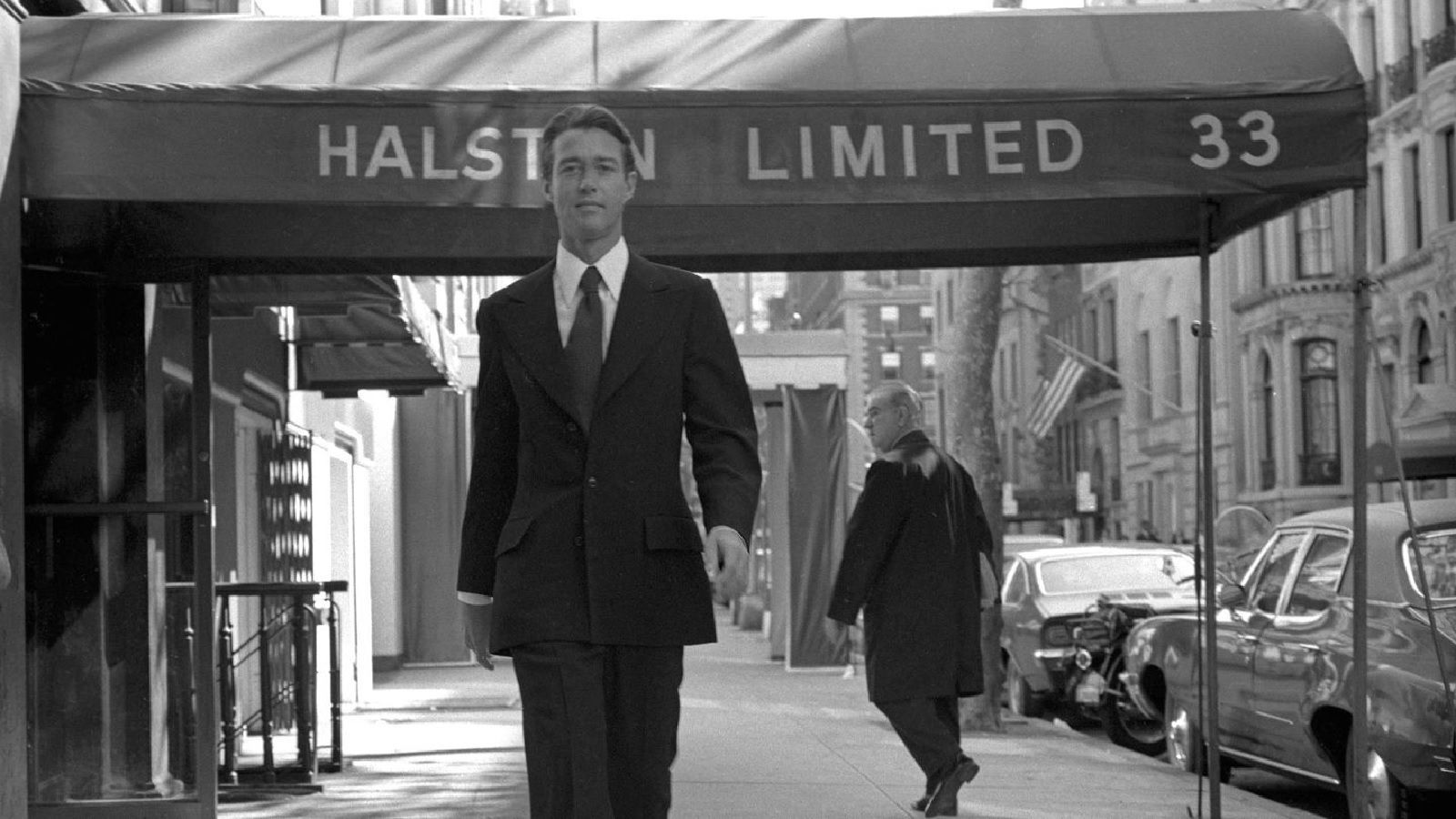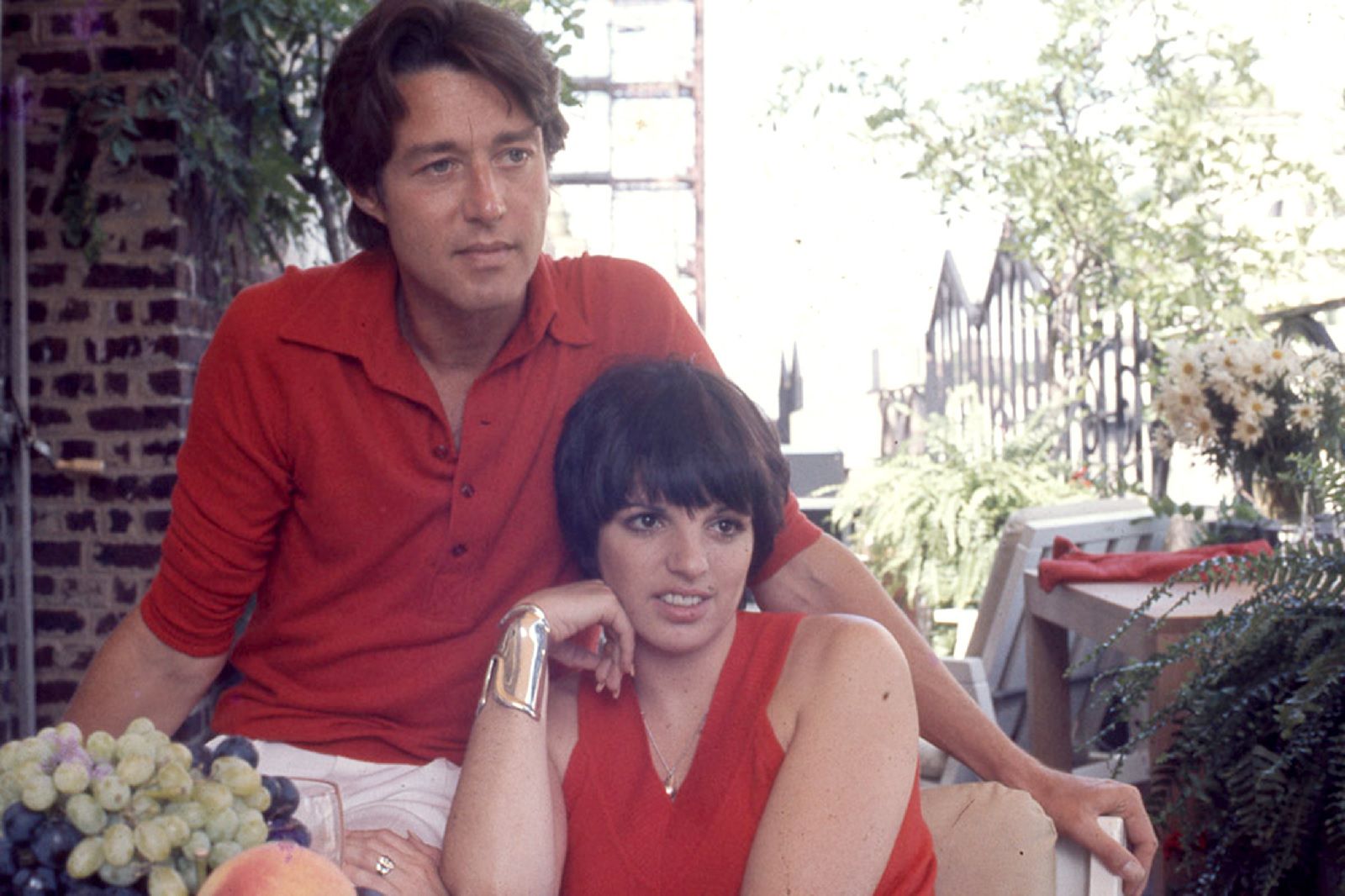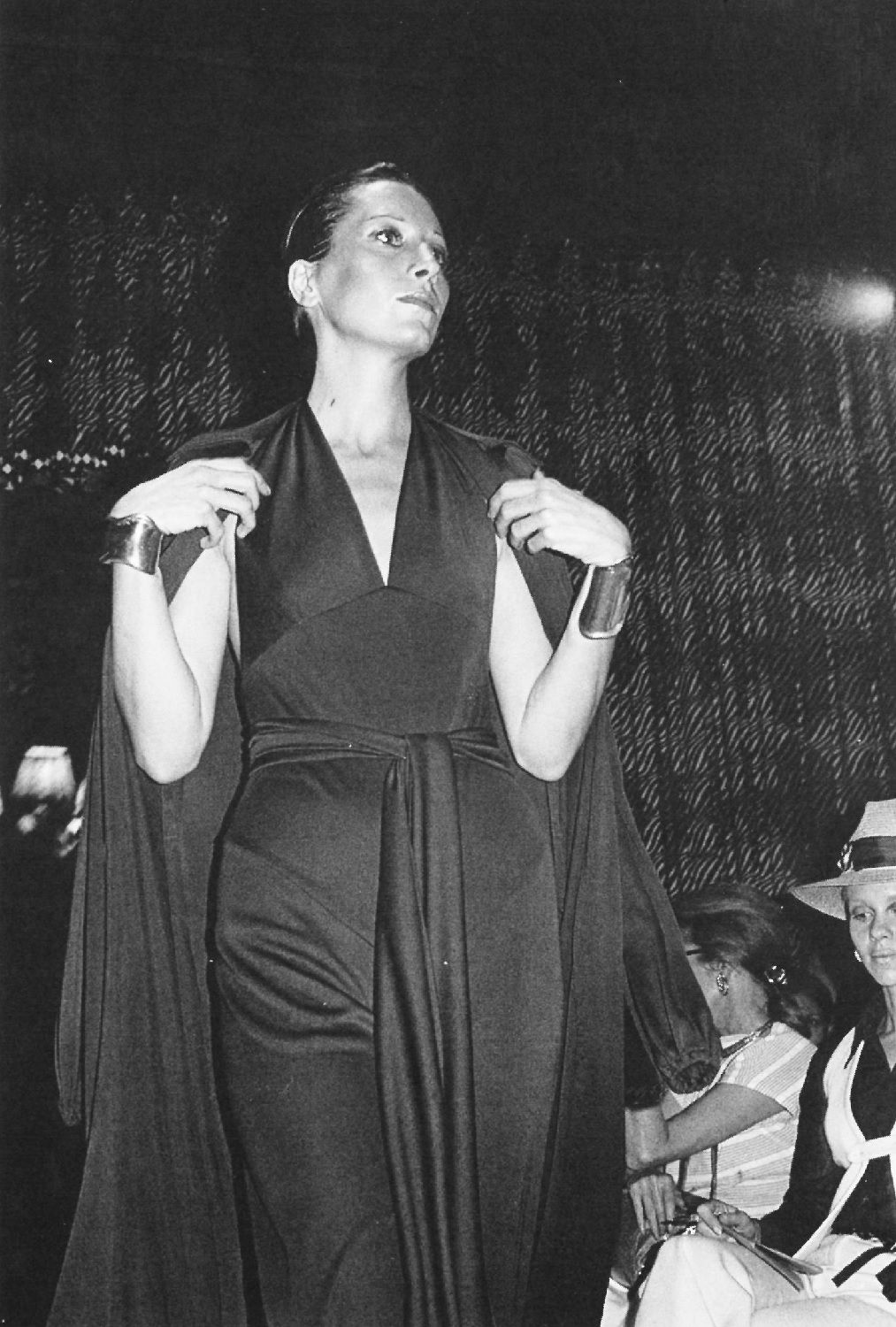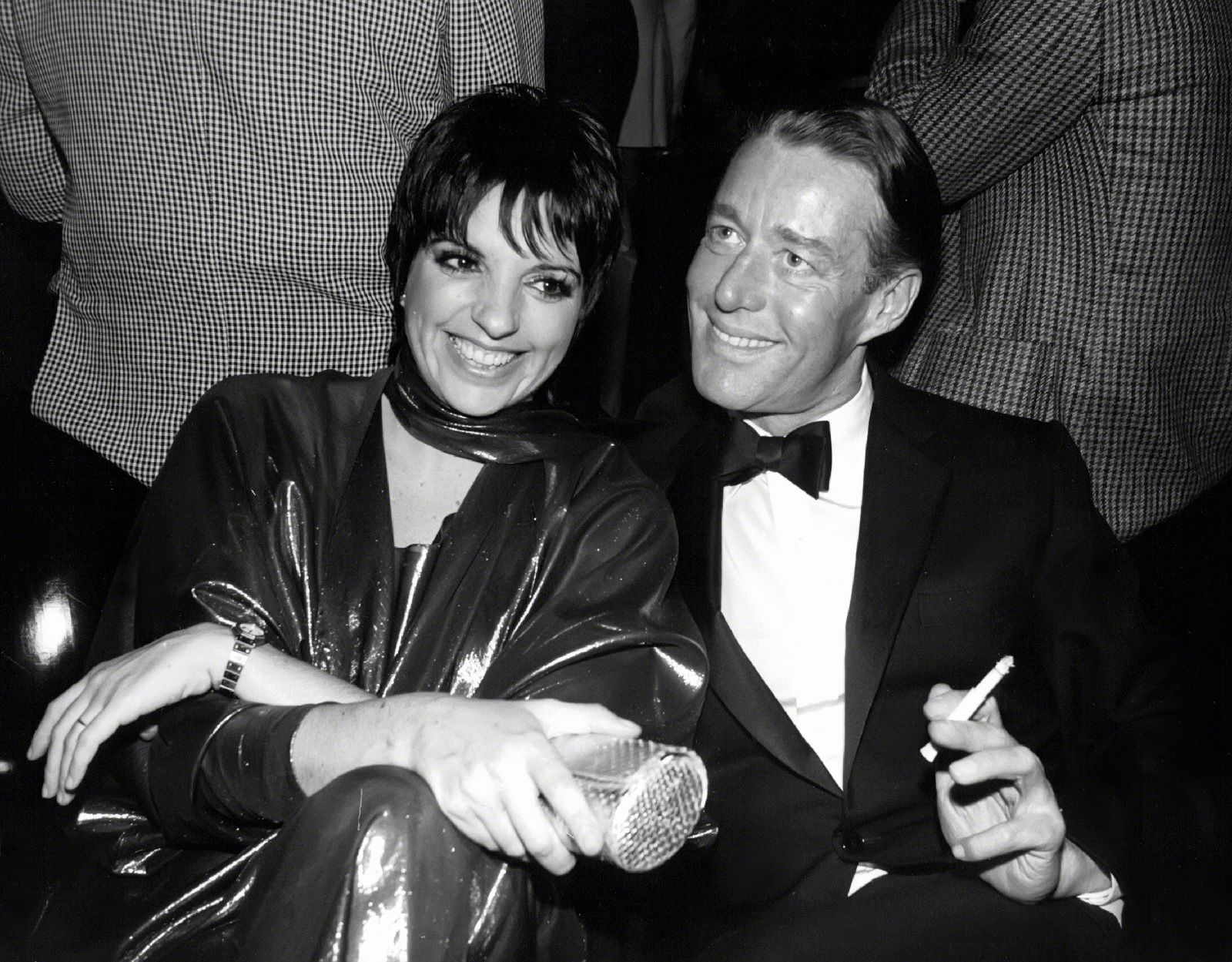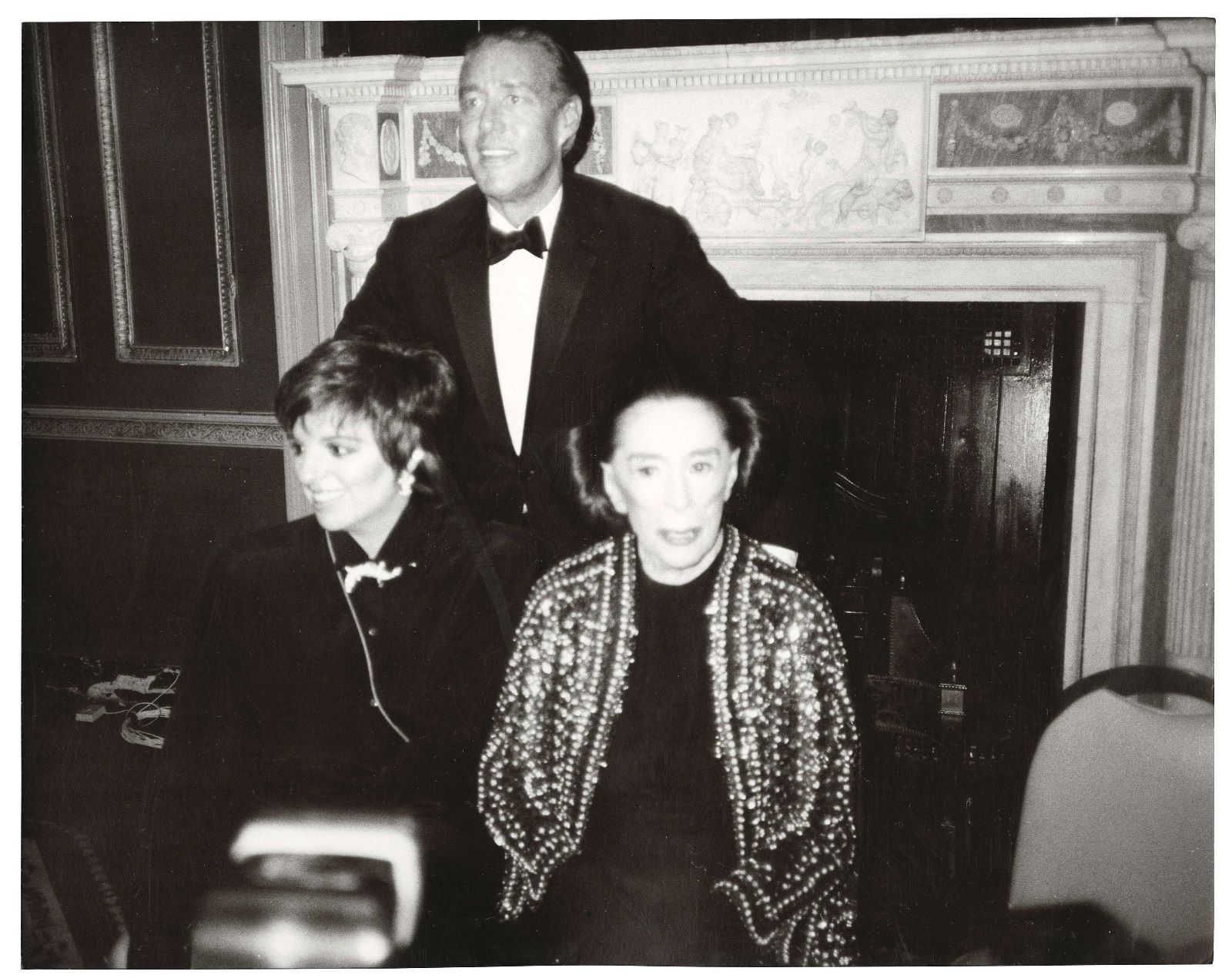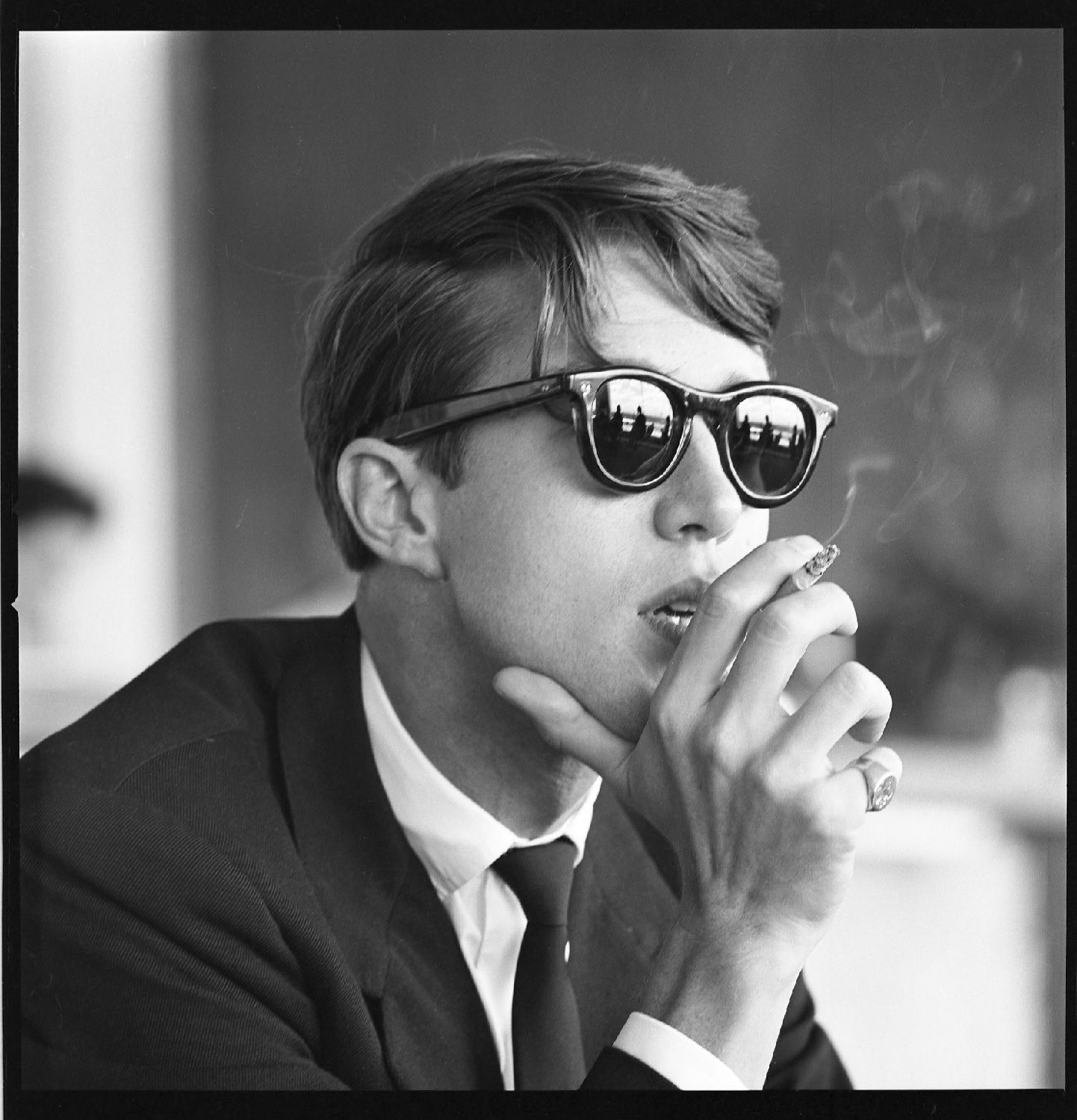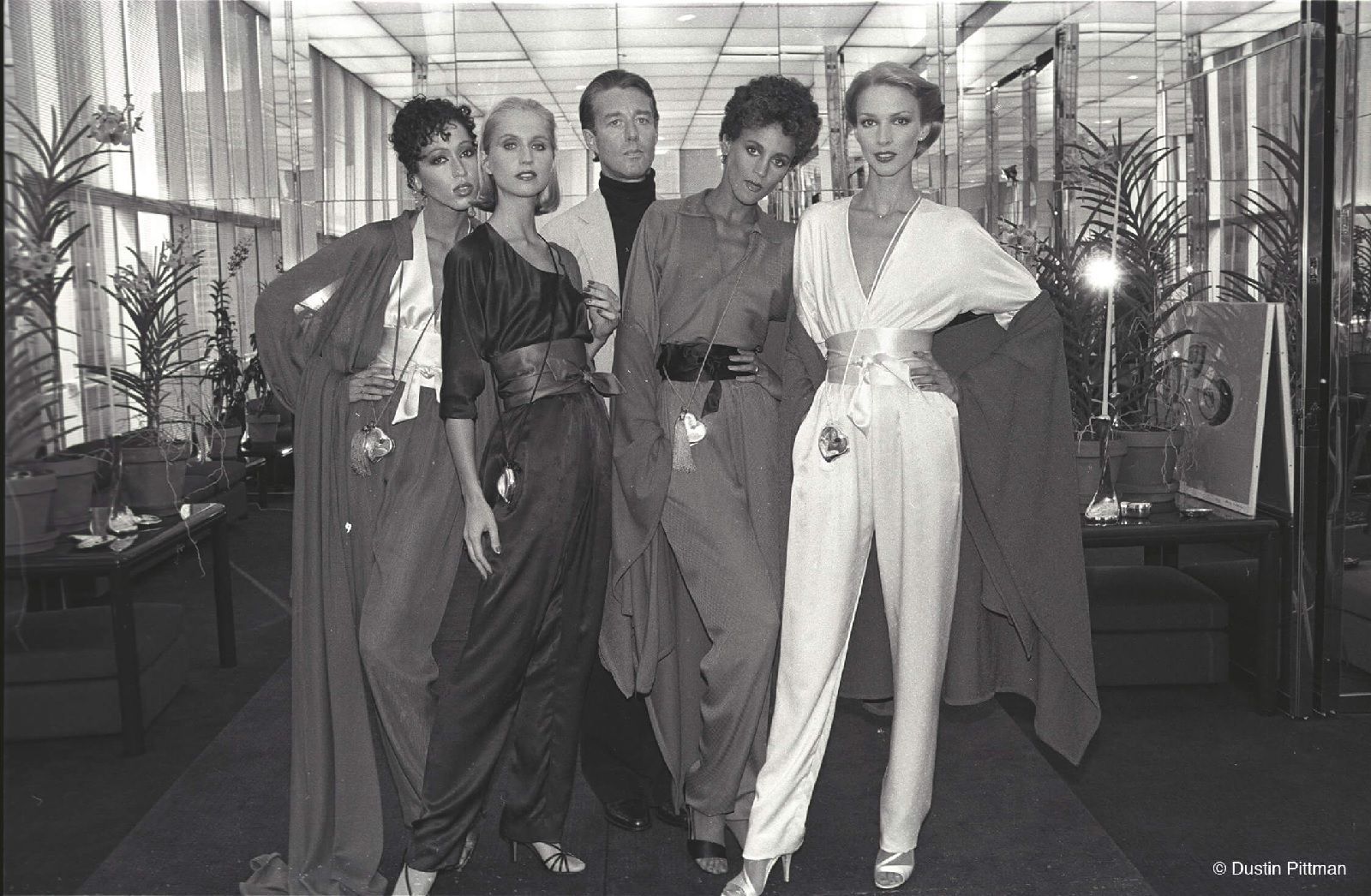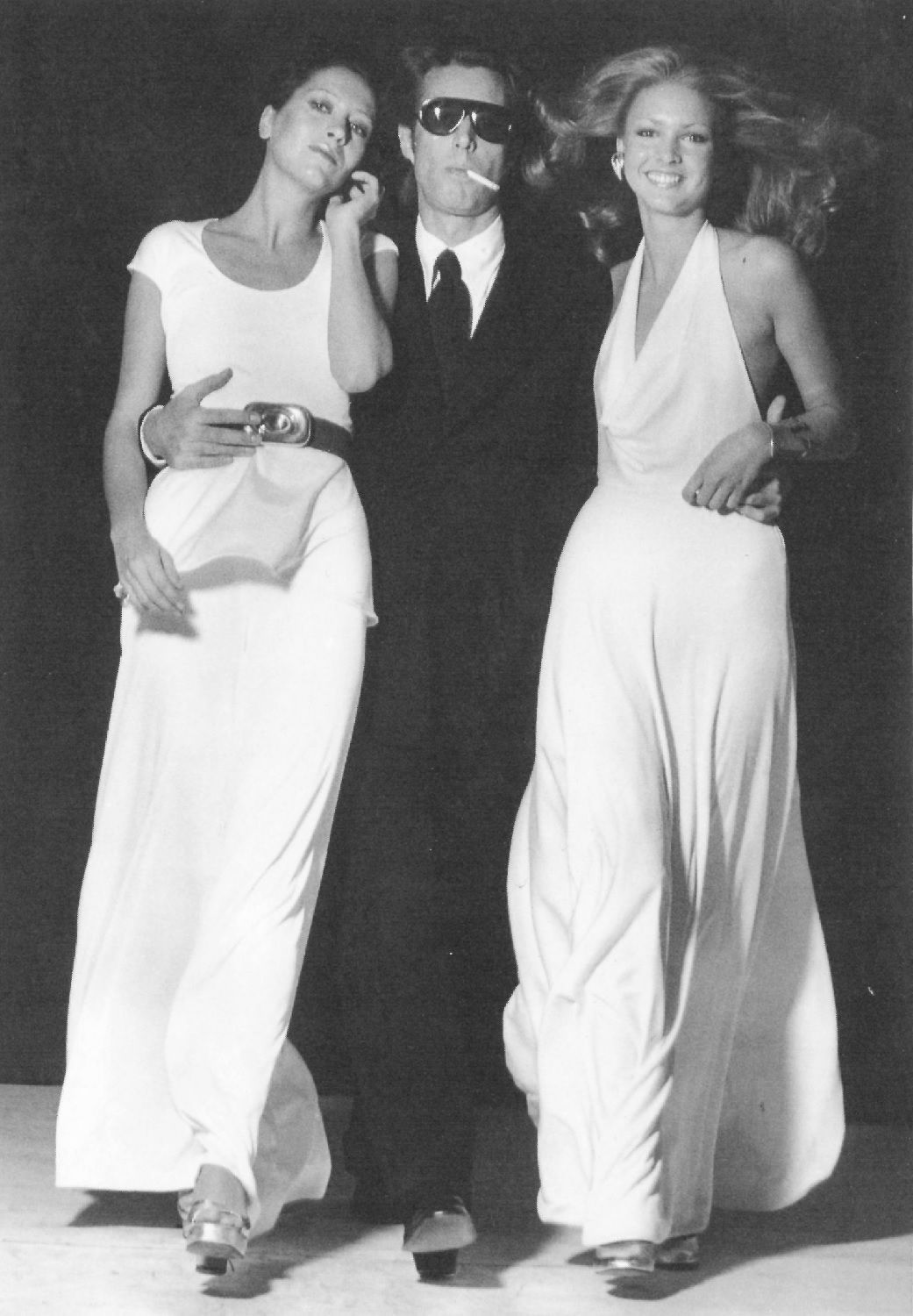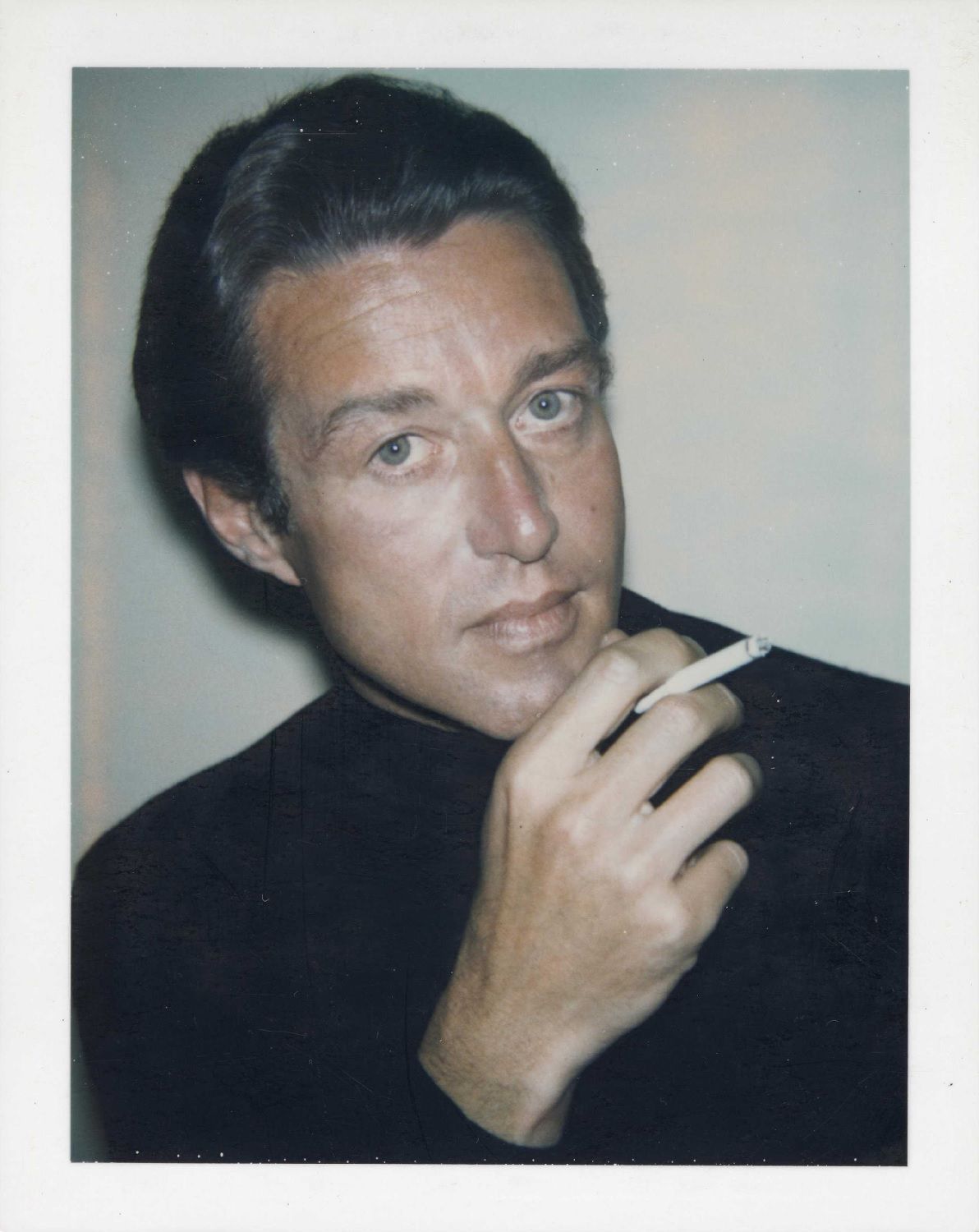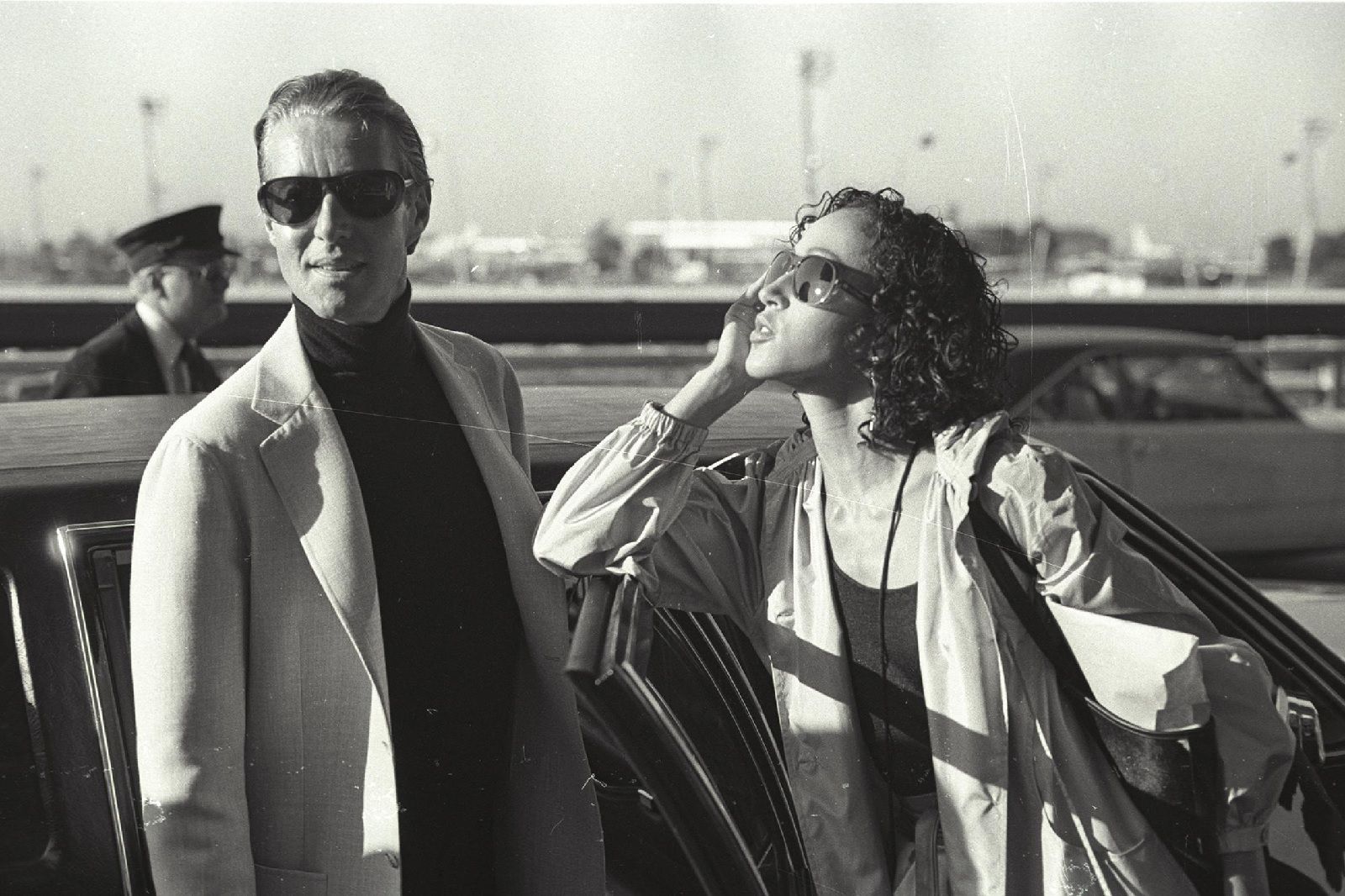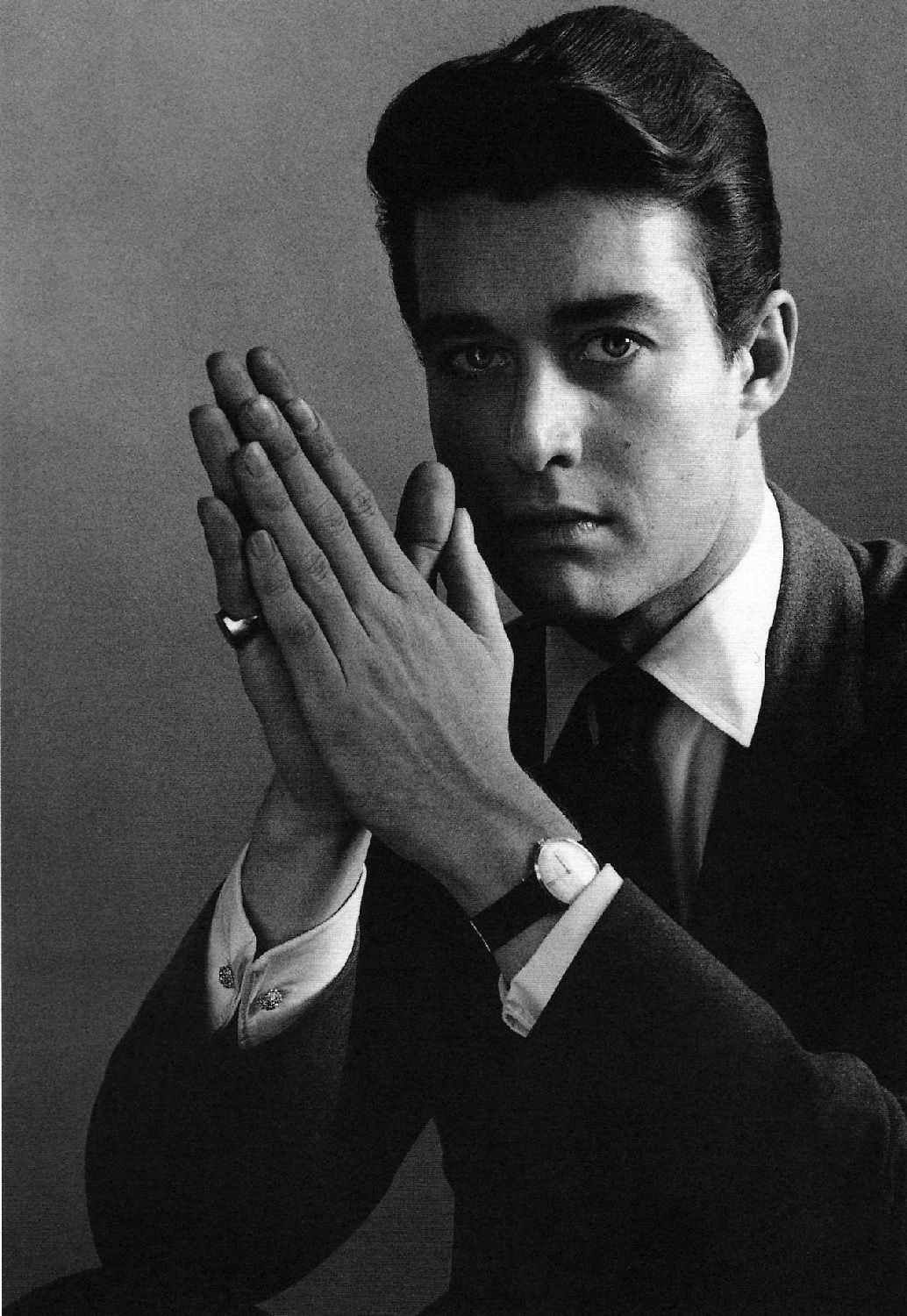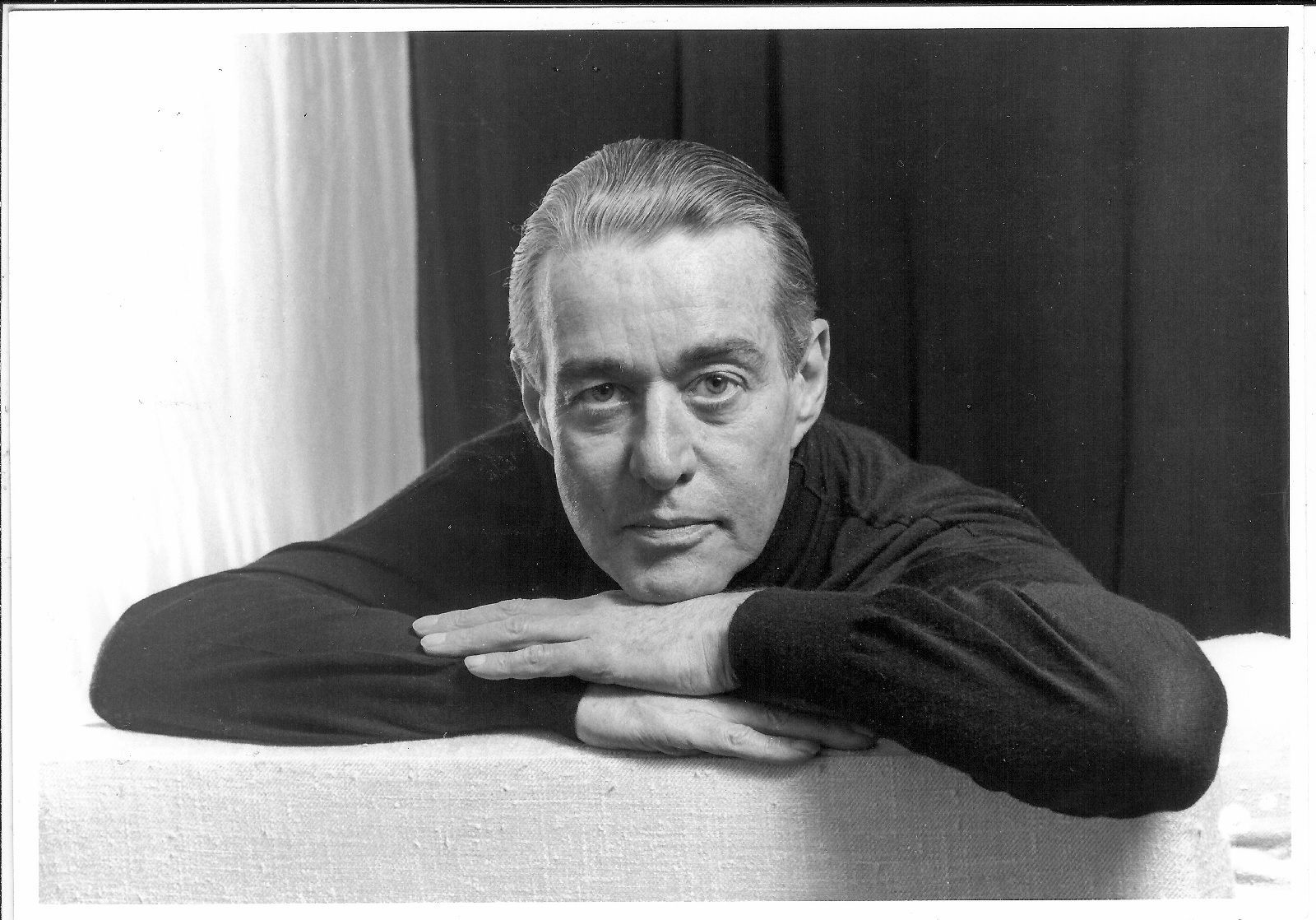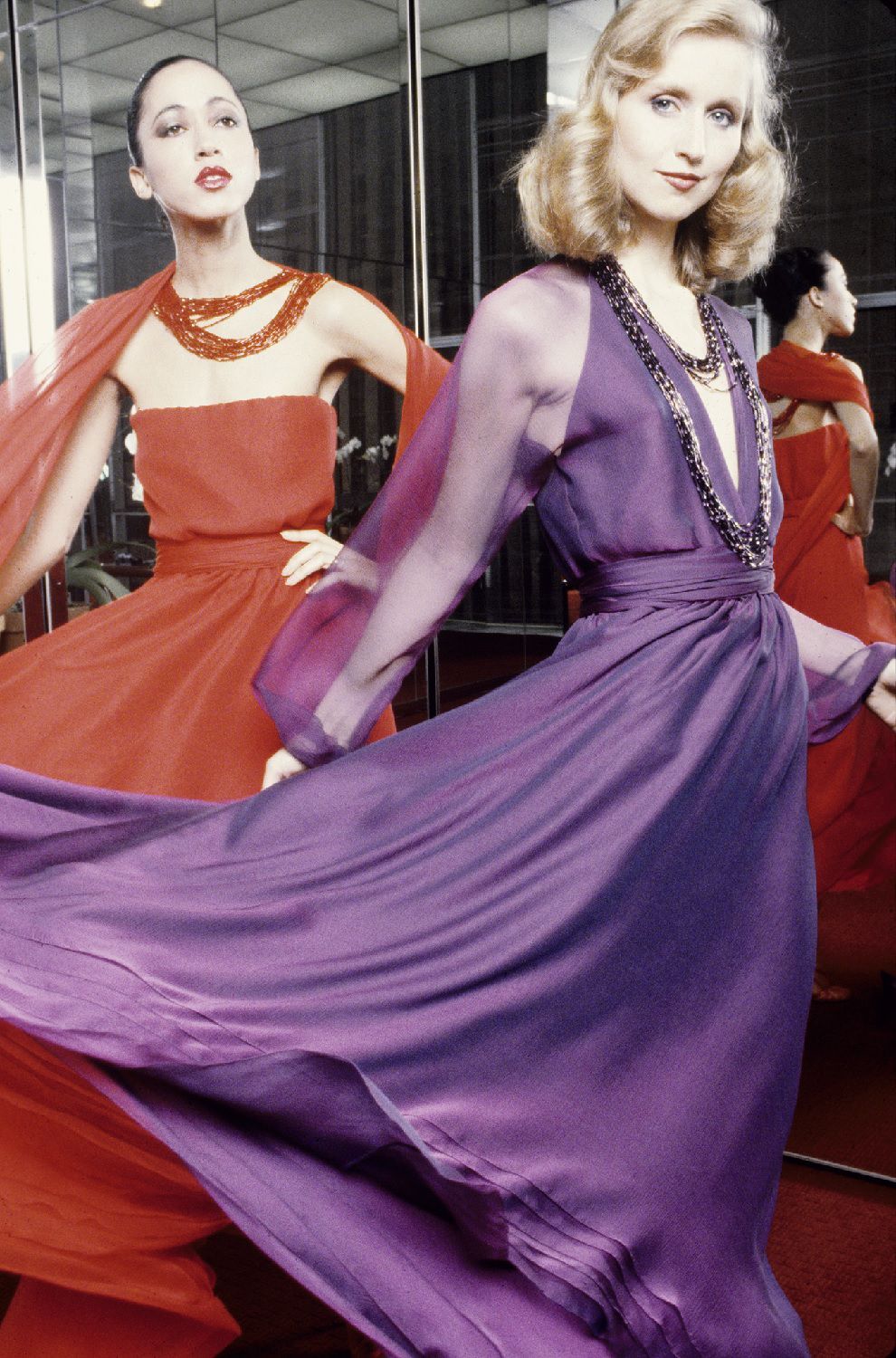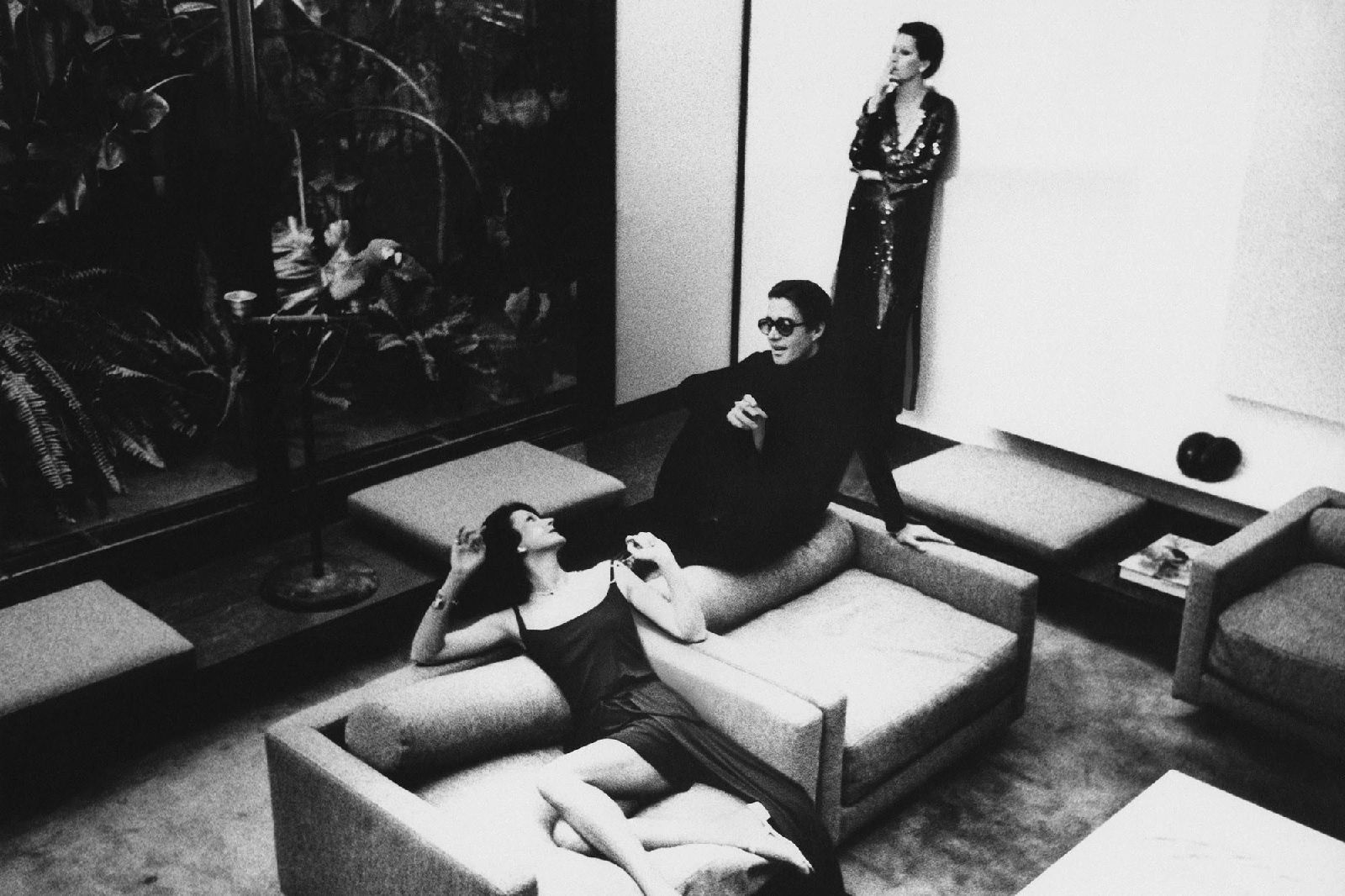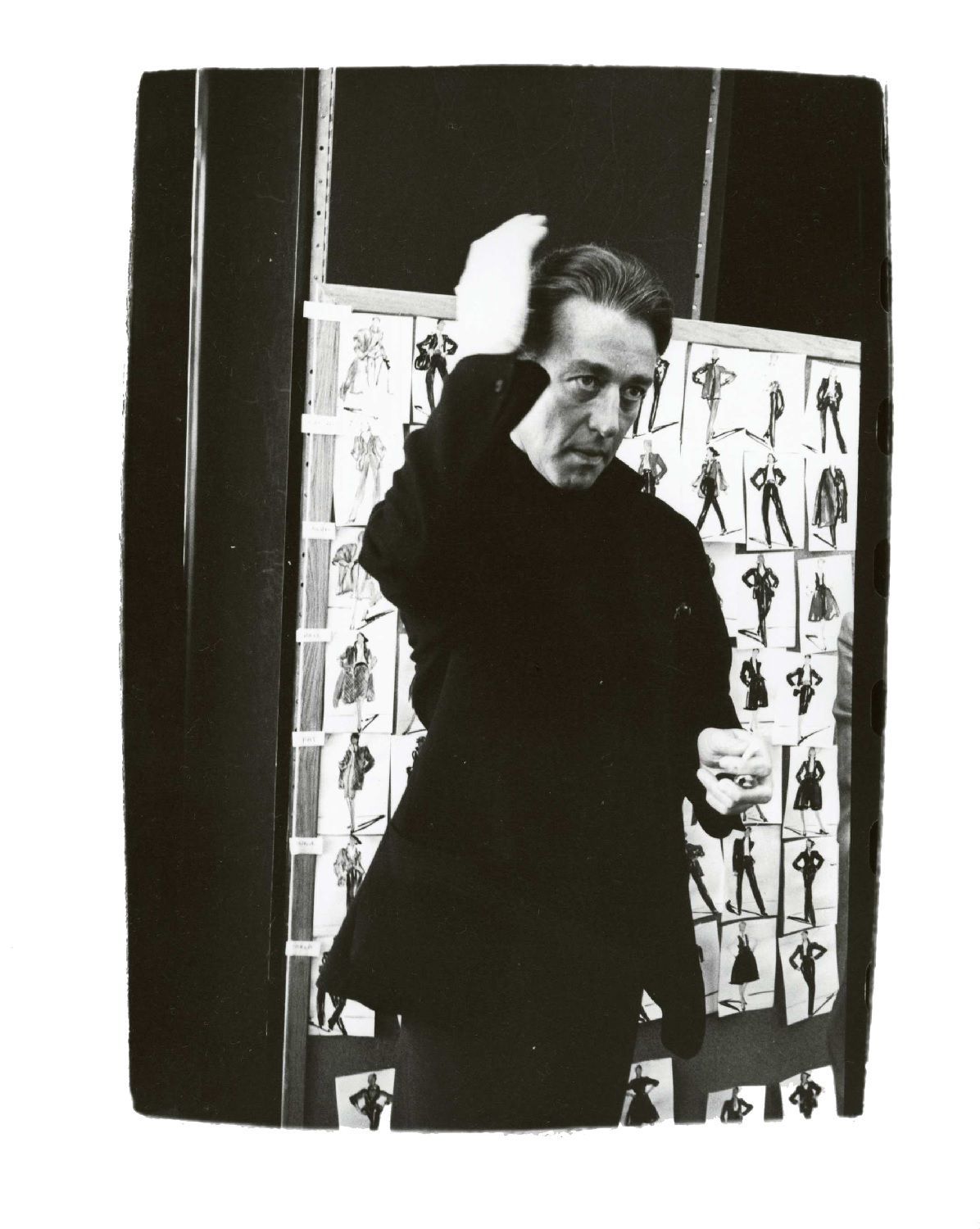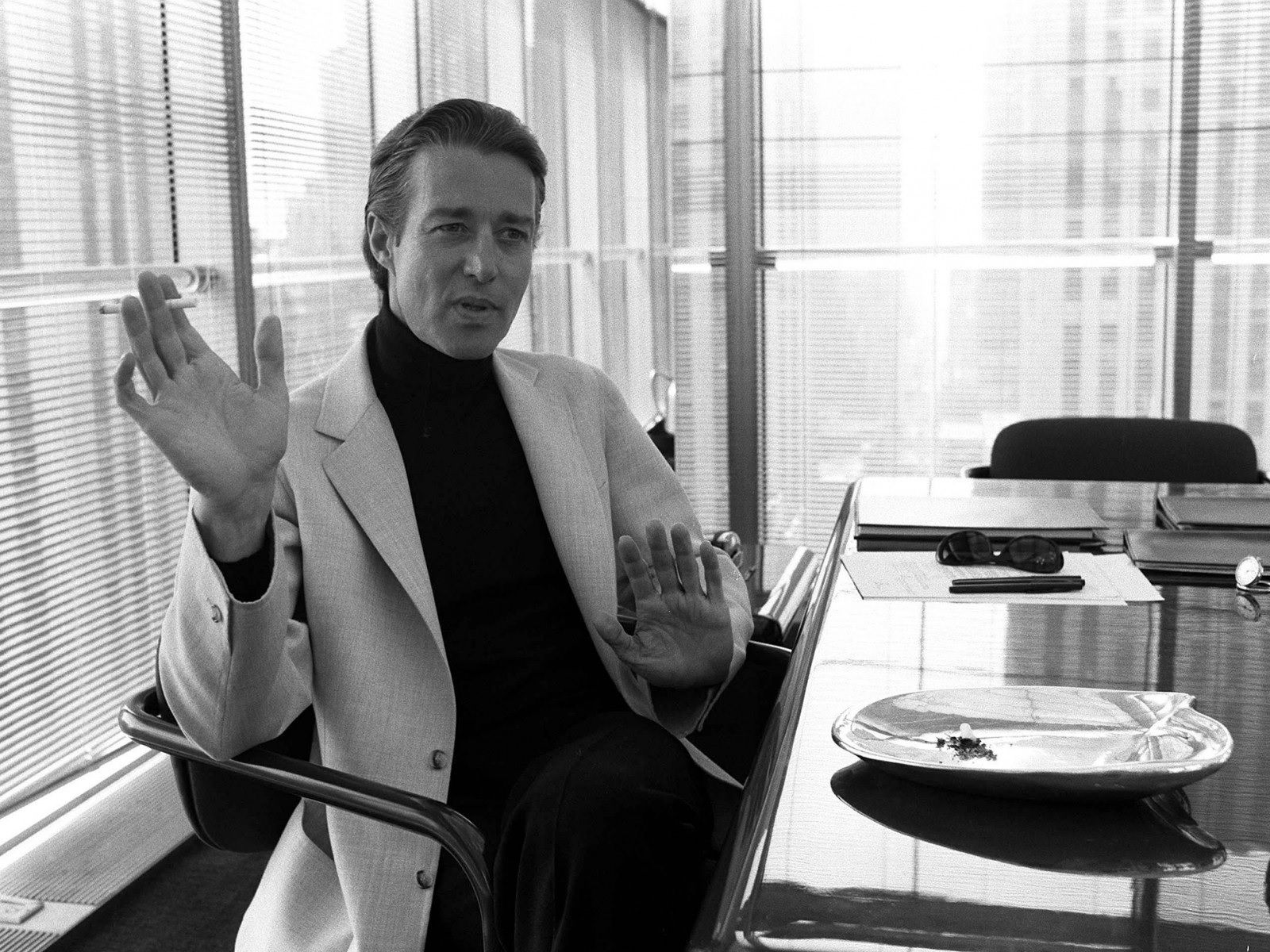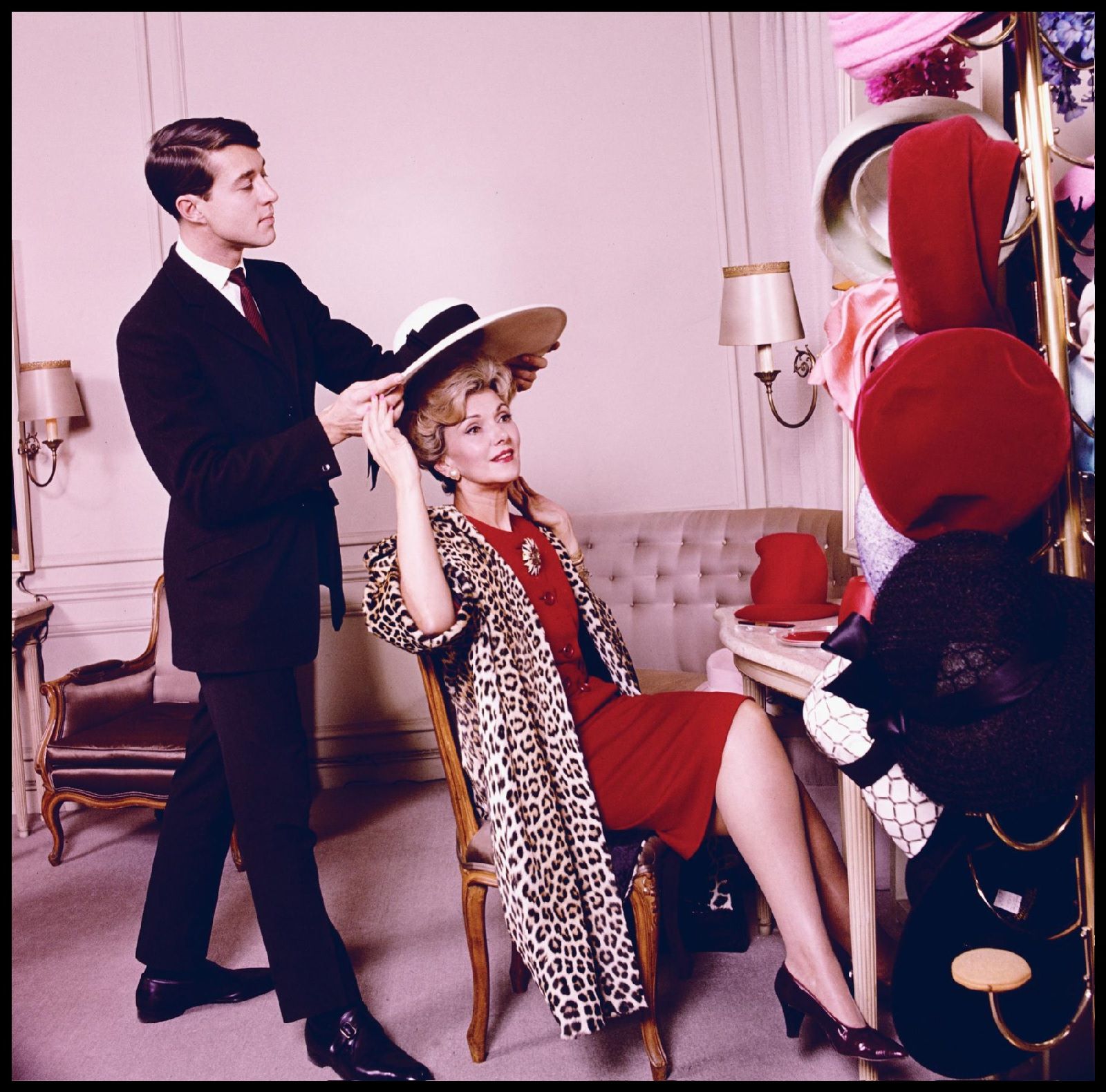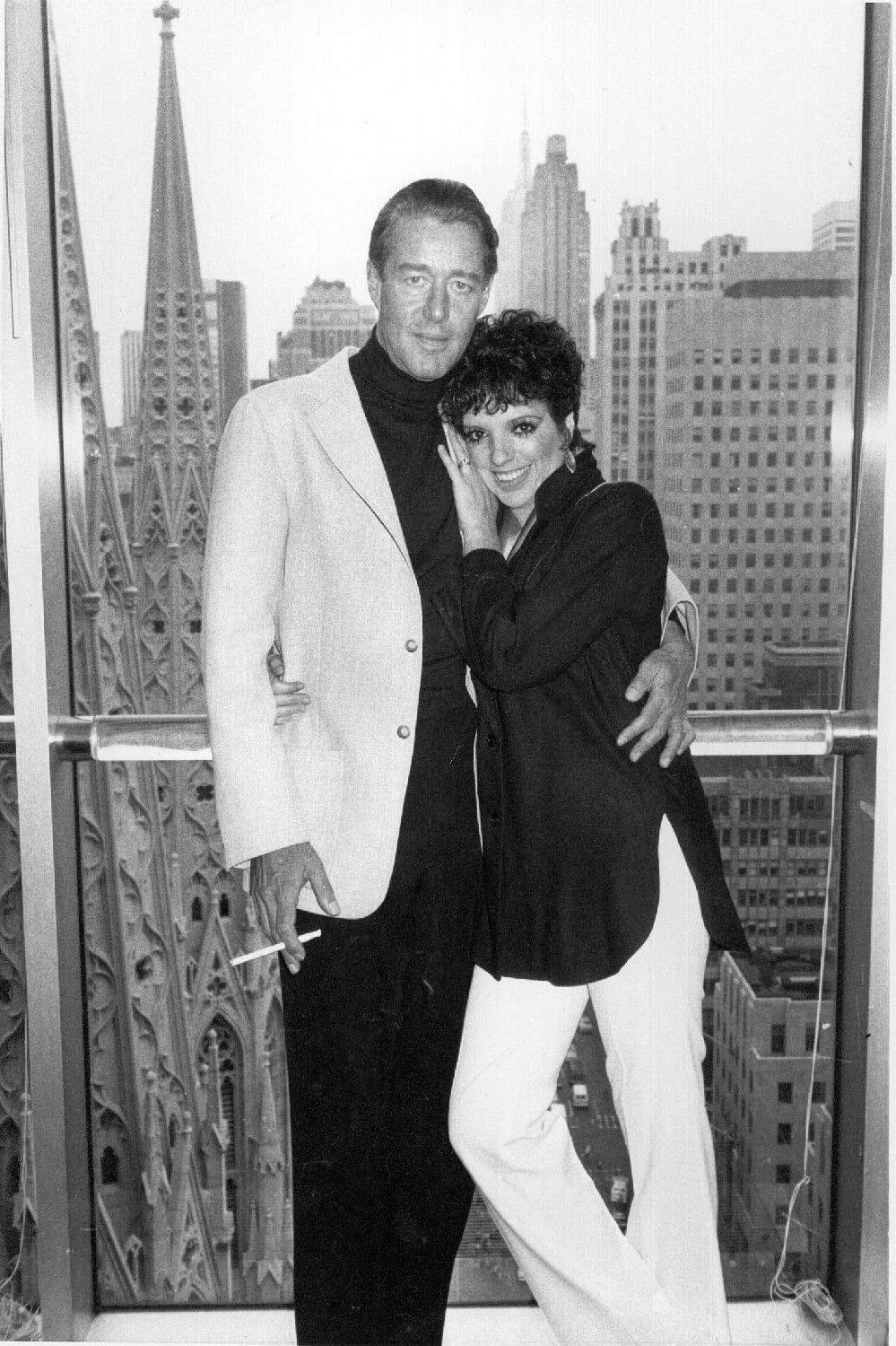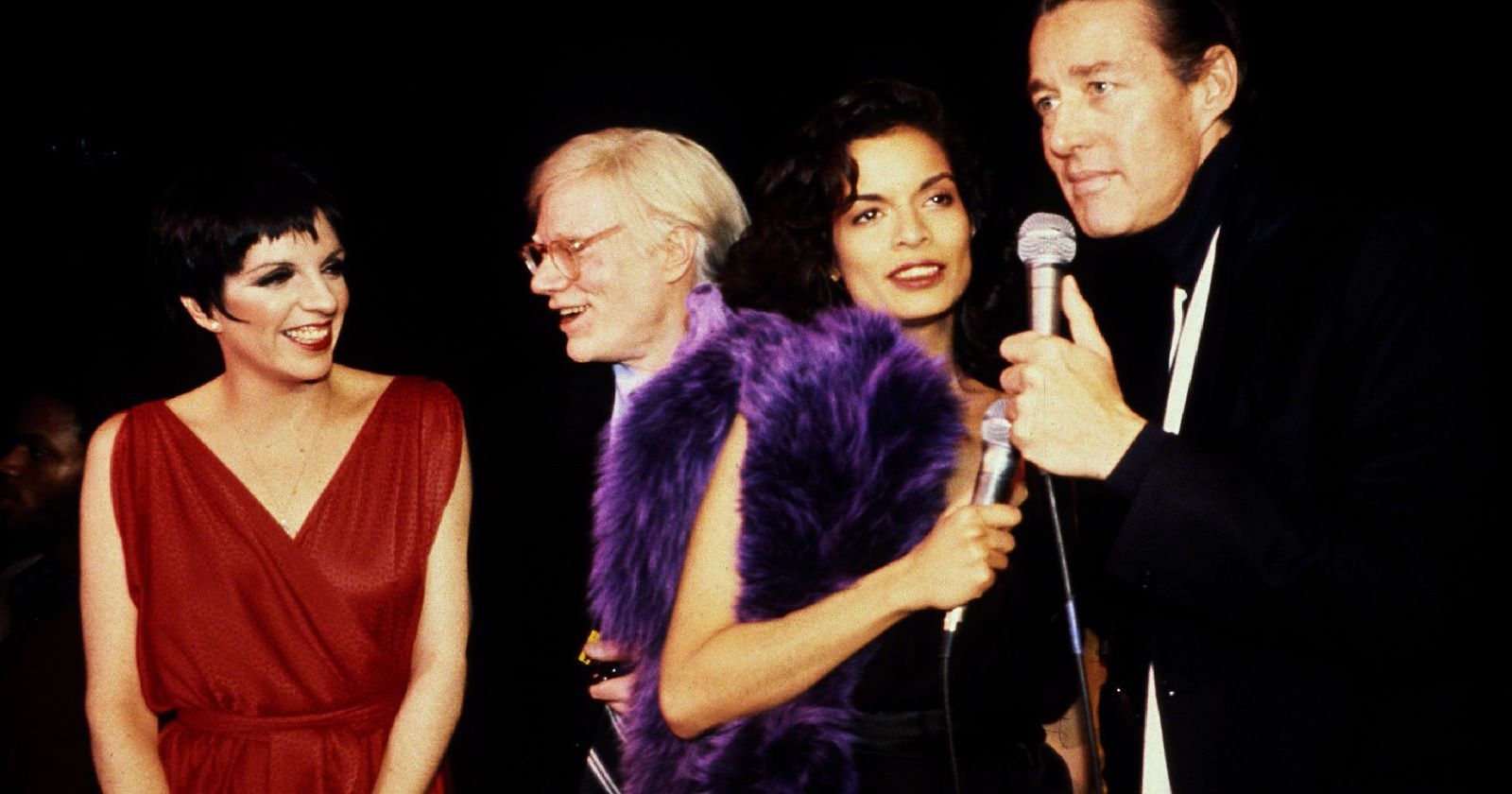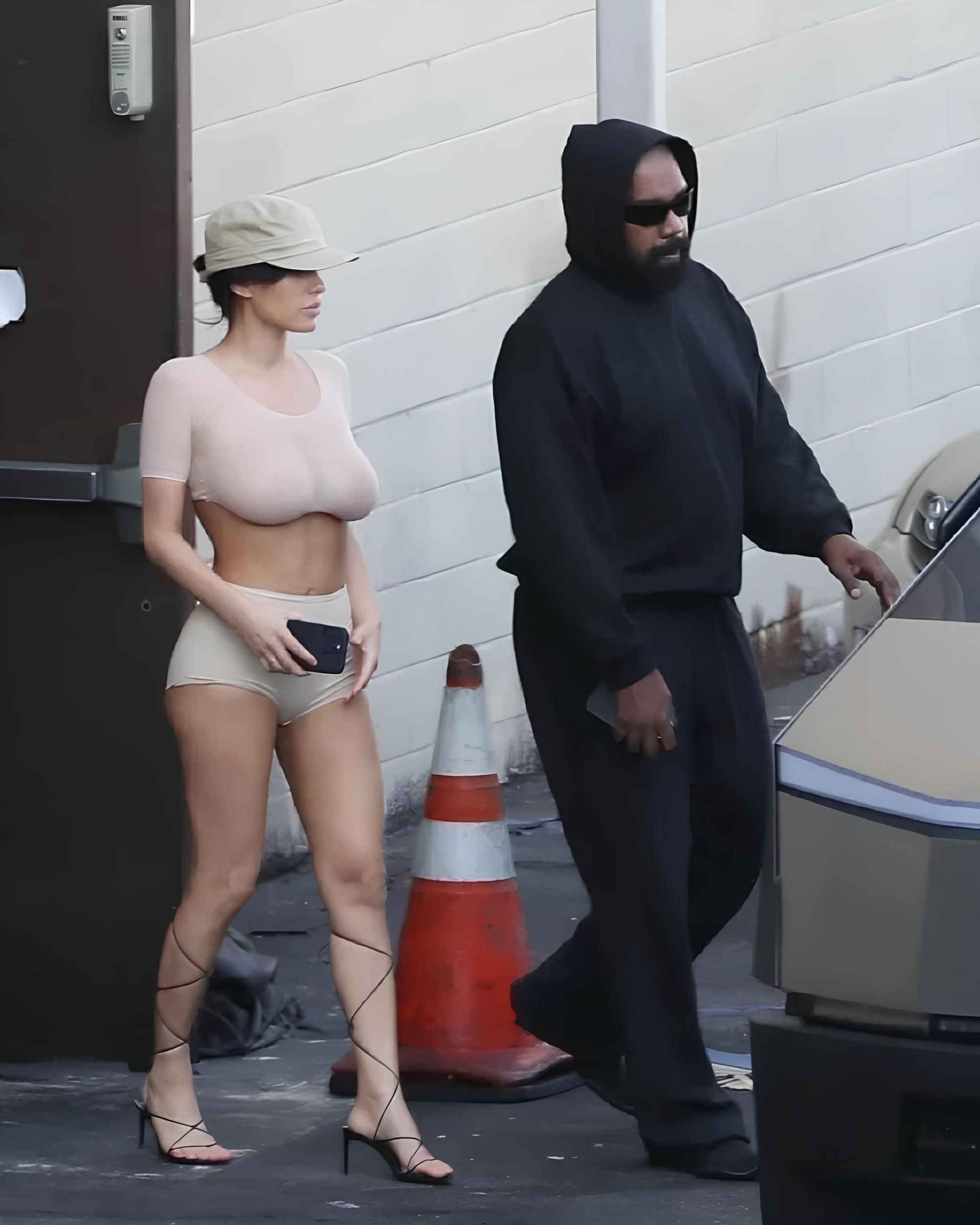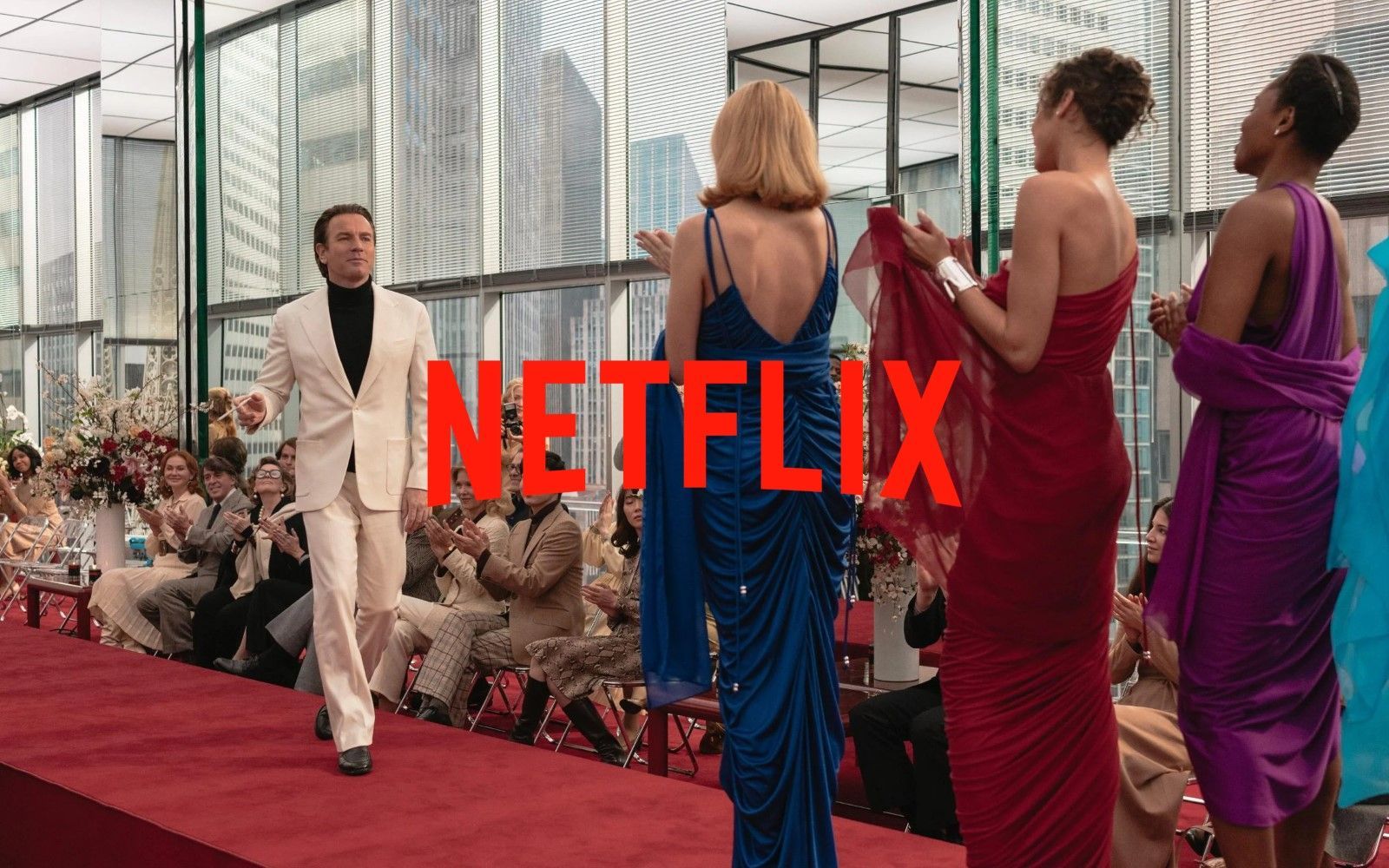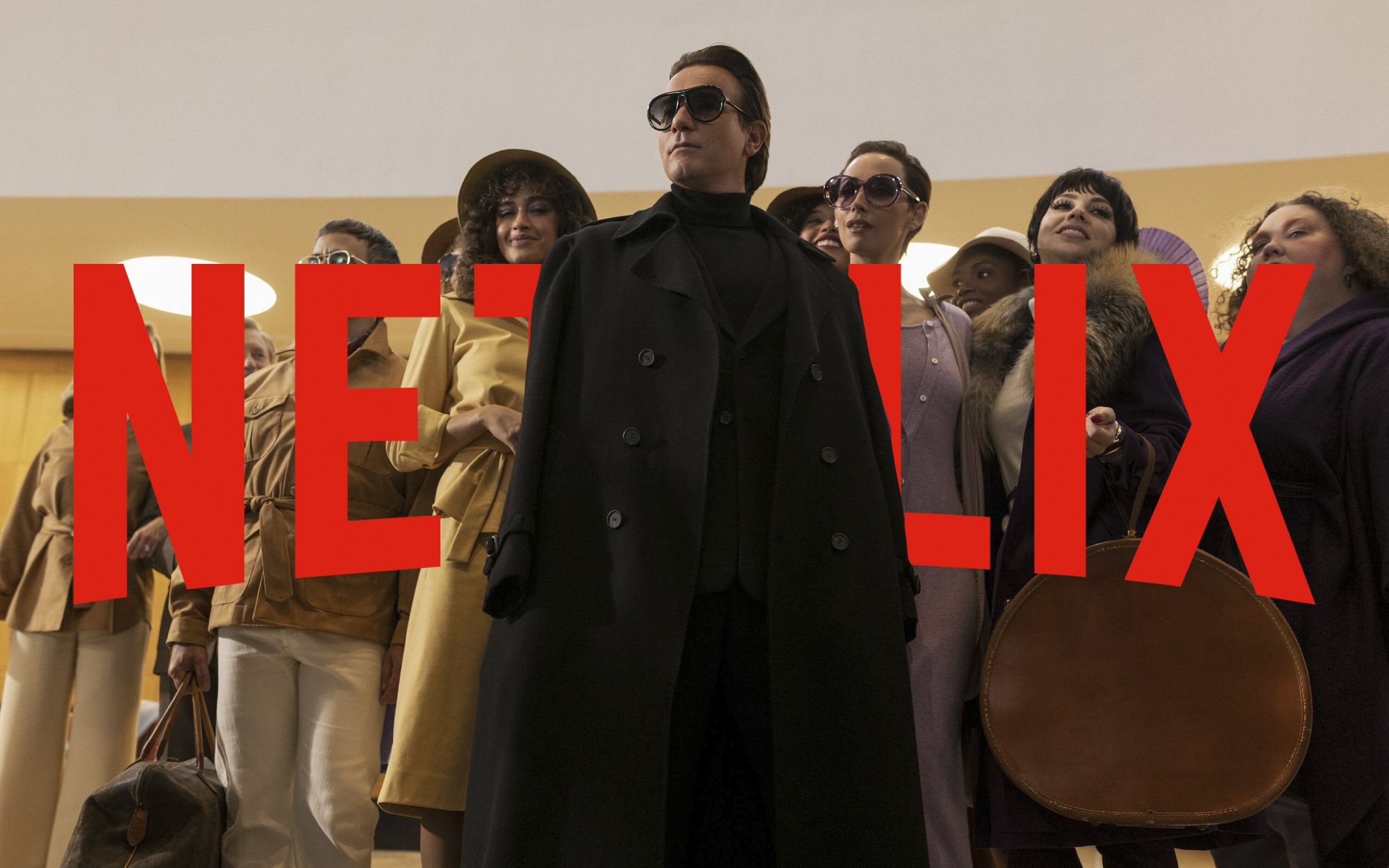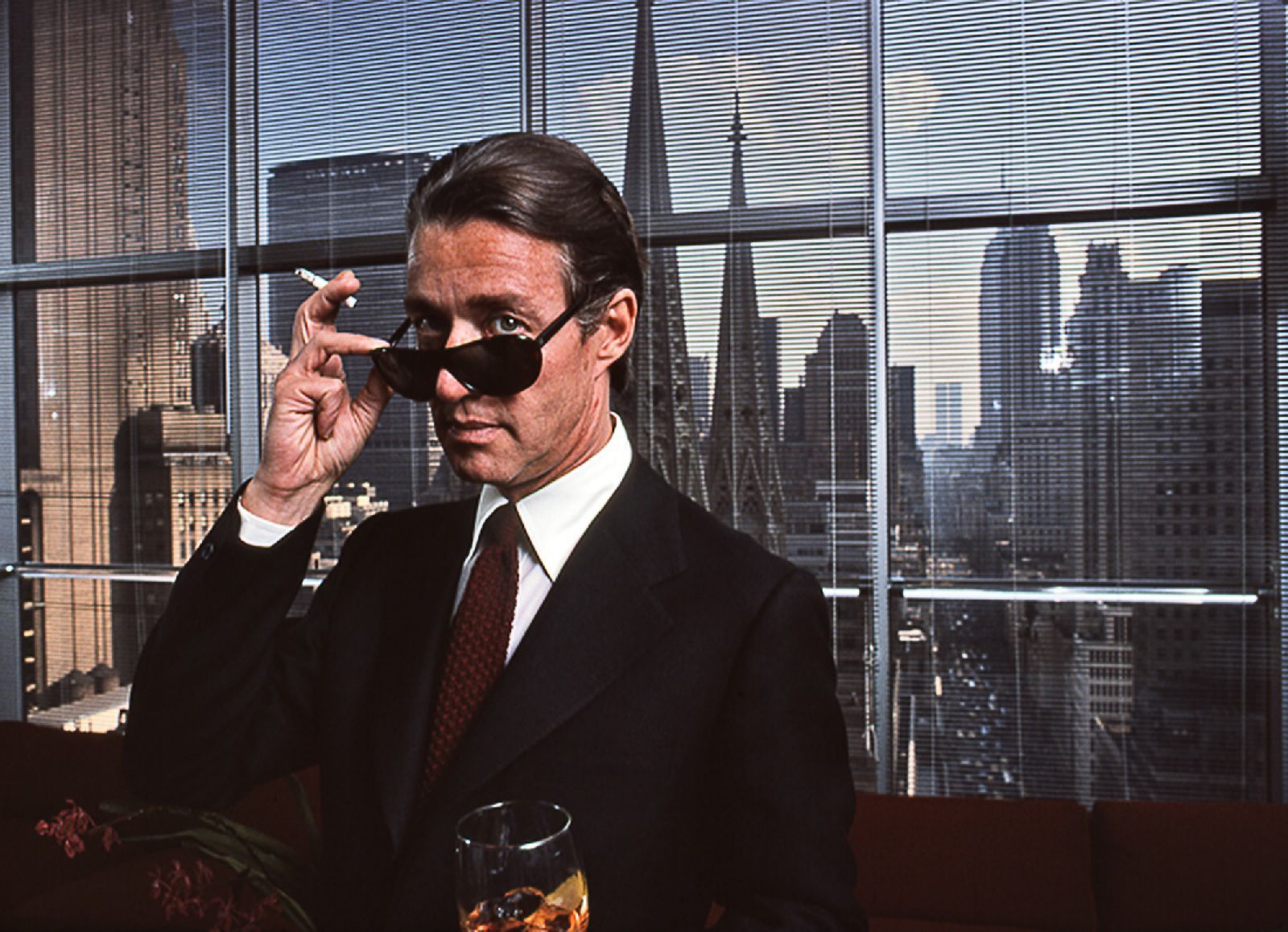
Halston: the golden boy of American fashion A documentary and a TV series retraces the history of the designer
Roy Frowick Halston was one of the greatest designers in American history. Talented, excessive, unlucky, loved, beautiful, cheeky, hedonist. The adjectives to define Mr Clean, as someone called him after his creations with minimal and elegant lines, are many and often contradictory. His fashion profoundly marked the end of the '70s and the beginning of the '80s, influencing the following generations of designers, first of all, Tom Ford.
Now, more than thirty years after his untimely death at the age of 57 in 1990 due to HIV complications, two film projects put Halston back in the spotlight. The first project, still work in progress, is Simply Halston, a mini TV series produced by Legendary Television, starring Ewan McGregor as the talented creative. The second is a documentary premiered at the Sundence Festival, directed by Frédéric Tcheng, director already working on Diana Vreeland's The Eye Has to Travel in 2011, Valentino: The Last Emperor and Dior and I. The film is based on the biography written by Halston's niece, Lesley Frowick, and combines photos, archive footage and testimonials from people close to the designer. Former prodigy-blogger Tavi Gevinson is the narrator.
2019 seems to be the year of Halston. nss takes this opportunity to tell you everything you need to know about this brilliant designer.
He achieved world fame thanks to Jacqueline Kennedy.
Roy Frowick Halston was born in Des Moines in Iowa on April 23, 1932 to a Norwegian father and an American mother. When he was young, he approached the world of fashion and began to sew some clothes for his sister. After studying at Indiana University, the family moved to Chicago. Here he attended evening classes at the School of the Art Institute and at the same time worked as a visual merchandiser at the luxury warehouse Carson Pirie Scott to earn his living in his studies.
The following year, in 1953, he began his activity as a hatmaker, achieving great success among the stars of the time such as Kim Novak, Deborah Kerr, Rita Hayworth, Diana Vreeland, Marlene Dietrich and Gloria Swanson. In 1957, after opening his first boutique, Roy moved to New York, where he started working for the famous designer Lilly Daché. Within a year he was appointed co-designer of the maison, a position he left for Bergdorf Goodman. In the same period comes the true consecration of his work as a milliner: it is 1961 and during the ceremony of installation at the White House of her husband John Fitzgerald Kennedy, Jackie Kennedy decided to wear a Pillbox Hat created by Halston.
The glamorous side of functionality.
After a brilliant start as a milliner, in 1966 Halston moved on to designing clothes, inaugurating his first boutique on Madison Avenue in 1968. The following year he launched his first ready-to-wear line, Halston Limited.
As he himself stated in an interview with Vogue, what he cared most about in the creation of the garments was functionality and for this reason he hated frills such as bows or unnecessary stitching. His clothes are minimalist and sophisticated, they have clean and essential lines that the designer declines in a unique way in the glam style typical of the seventies. Halston, master of cutting and finishing, soon became famous for his creations in soft fabrics such as the floating tunics and jumpsuits of jersey or opaque rayon, the kaftans in chiffon tye-die or printed with circles and rectangles inspired by Wassily Kandinsky, the important capes made with meters and meters of fabric. Among his most iconic works there are the halter dress and the chemisier in ultrasuede or model 704, a dress had the particularity of being made in suede machine washable (fabric patented by Halton in 1972).
Halstonettes
"You're so great as the people you dress."
It seems that Halston intended to begin his autobiography with this sentence. If this is the standard of judgment then the American designer's talent was outstanding because all the celebrities of the time wanted to wear his creations. The international jet set fell at his feet. Among his famous clients were not only Liza Minnelli and Bianca Jagger, his dearest friends, but also Elisabeth Taylor, Martha Graham, Lauren Bacall, Margaux Hemingway, Ali MacGraw, Raquel Welch, Jackie Onassis, Marella Agnelli, Babe Paley, Catherine Deneuve. King of New York nightlife between the late 1970s and early 1980s, immersed in the glamorous vortex of the Studio 54 scene, Halston loved to mix business and pleasure and surround himself with his clients, muses, collaborators (such as Elsa Peretti who created for him minimal silver jewellery, snake-shaped belts and the tear-shaped perfume bottle, so iconic that he didn't need any engraved name) and even his favorite models. The Halstonettes, as they were called using the term coined by fashion editor André Leon Talley, perfectly embodied his chic glamour style and included Anjelica Huston, Pat Cleveland and Jerry Hall. In the book Yves Saint Laurent + Halston: Fashioning the 70s, the curator Patricia Mears described the inevitable entourage of Halston's models as such:
“This assemblage of young women was striking not only for their tall, lean bodies and beautiful faces, but also for their ethnic diversity. On one end of the spectrum was the cool Nordic blond, Karen Bjornsen, and on the other, the sensual African American, Pat Cleveland. Most prominent of all was Anjelica Huston, daughter of the famed movie director John Huston. Collectively, the Halstonettes did more than reflect the designer’s clothing style, they mirrored his self-image: young, beautiful, glamorous, haughty, vibrant, and photogenic”.
It was one of the first luxury brands to collaborate with a low-cost chain.
Long before H&M started working with luxury brands like Balmain or Lanvin on a series of now-famous capsule collections, Halston started the trend. In 1983, at the height of his success, the American designer signed an important $1 billion licensing agreement with retailer JCPenney to launch the Halston III diffusion line (an economic line produced eight times a year) that was to bring his style to the masses. The idea, all too ambitious for the time, was to expand its business, having the opportunity to dress more people, thus establishing a more democratic approach to fashion. The collaboration with department stores cost the designer a high price. Considering the collaboration too "cheap", Bergdorf Goodman and Martha (some of the most exclusive American boutiques of the time) decided to abandon Halston's mainline. The idea that couture could be for everyone left the top of fashion horrified and Halston was punished for having dared, albeit indirectly, to juxtapose the name of those boutiques with other more mainstream ones. Although the press loved him and the clothes of the capsules were, the success did not last long. A confluence of causes led to the end of the brand. The most important were the designer's growing addiction to drugs and his perfectionism forced him to personally approve each design under license, which constantly slowed down the production process, making the management of the company increasingly difficult. From then on, Halston and his house appeared unfortunate. Insiders even started to talk about the "Halston curse". After a series of acquisitions in the mid-eighties, the brand ended up in the hands of Revlon, who paid the designer not to interfere with his daily work or drawings. Without Halston's magic touch, the brand lost its charm and was officially closed in 1990.
Sex, drugs, disco, great fashion.
Halston loved excesses. He spent 6 zero-figures on orchids (his favorite flower) to decorate his studio. He never traveled without an entourage of models and friends who dressed in a Halston style that was coordinated with each other. He organized famous and decadent dinners at his home in the West Village, unrepeatable and strange nights with "six inches of glitter on the floor" and naked waitresses with heart-shaped pubic hair dyed pink. He was one of the regulars at Studio 54, where he would spend his evenings dancing, chatting with friends like Andy Warhol and Bianca Jagger, flirting with men like Victor Hugo. His crazy evenings of men and drugs of all kinds are legendary.
There's one of his clothes in the most iconic shot of the 70s.
New York. 2 May 1977. Midnight. Bianca Jagger celebrated her thirtieth birthday and triumphantly entered Studio 54 on a white horse, escorted by a bartender covered only with paint and golden sequins. The wife of Mick Jagger, one of the most elegant women in history, wore a ruby red dress by Halston. The image captured by Rose Hartman's lens appeared in newspapers all over the world and, even today, it is the shot that best represents a mythical time and place, Studio 54, the epicenter of the glamorous hedonism of the 70s. Only in 2015, Bianca Jagger revealed the background of the photo in a letter sent to the Financial Times: knowing of her passion for horses and that she owned a white one, the owner of the club Steve Rubell had the animal found inside the disco. So the it-girl didn't arrive on horseback but found it as a surprise at the party.
The influence of his fashion reaches to present day.
On the red carpet of the latest Cannes Film Festival, the model Elsa Hosk wore a long dress with pastel shades by Etro, characterized by a deep V-neck and a thin gold belt at the waist. The creation, as revealed on Instagram by the Italian brand, was a tribute to the famous Halston dress worn by Lauren Hutton at the Oscars in 1975. The two models are almost identical, but Etro is certainly not the only brand to have collected the heritage of Roy Frowick Halston. Just think of Jil Sander or the collections of monochrome suits and jersey dresses by Calvin Klein in the mid-1990s. The greatest influence, however, can be seen in Tom Ford's work, especially during his time as creative director of Gucci (take a look at the proposals of the FW95 and SS11), as he himself has admitted several times:
“You can take a direct line from me to Halston but you can take Halston back to Madeleine Vionnet right back. Open a Vionnet book and you will see a lot of things that Halston took.”











































